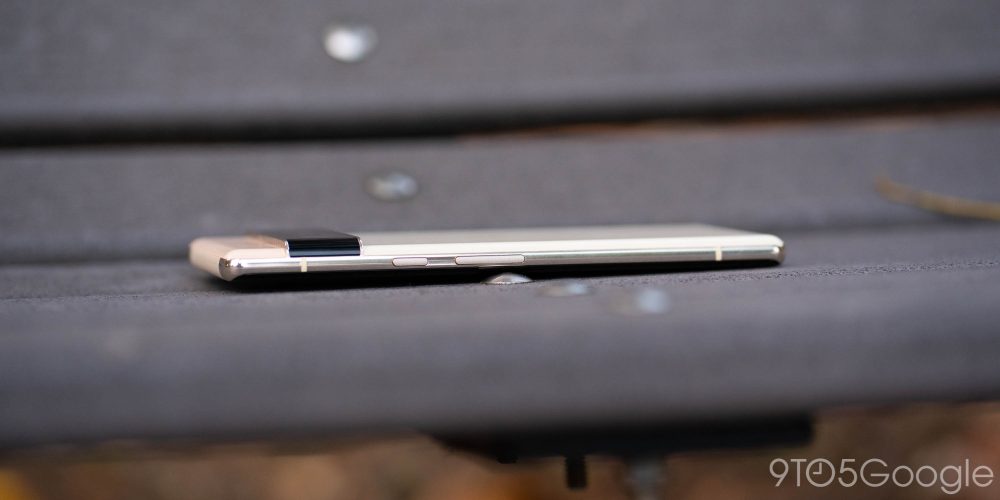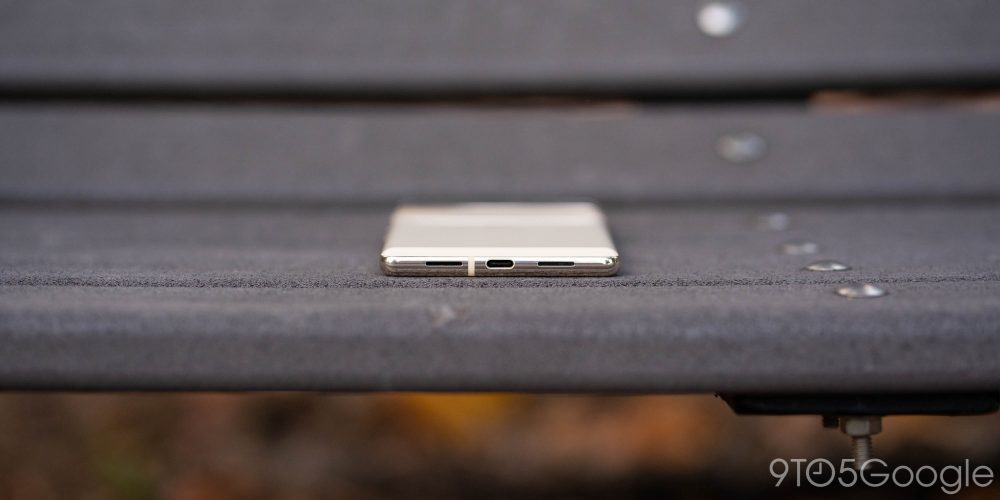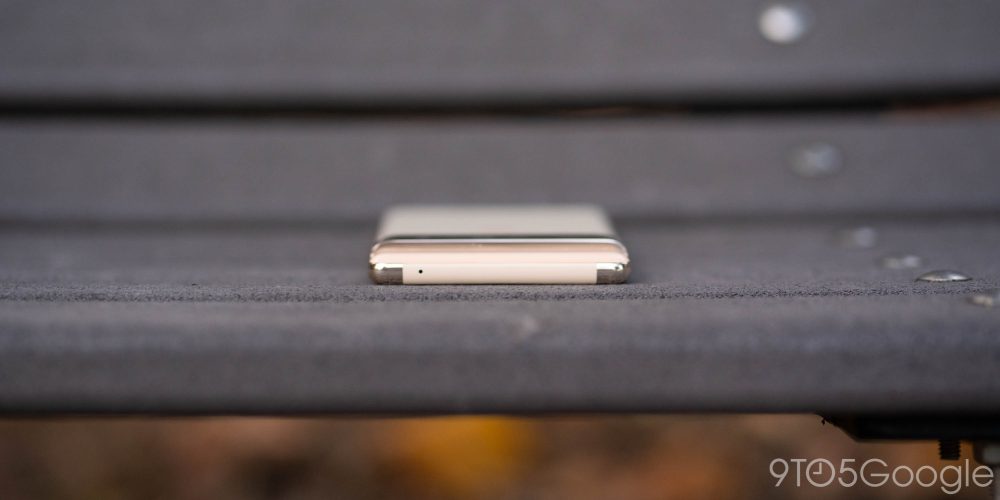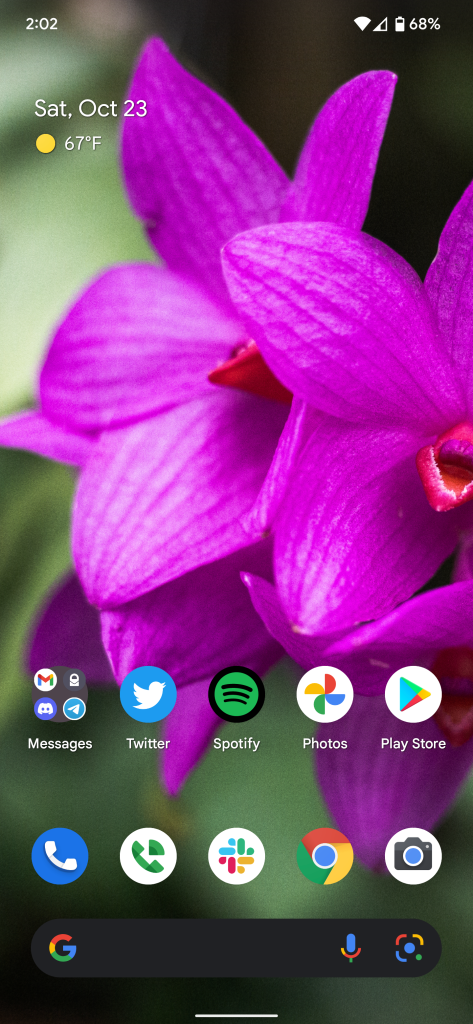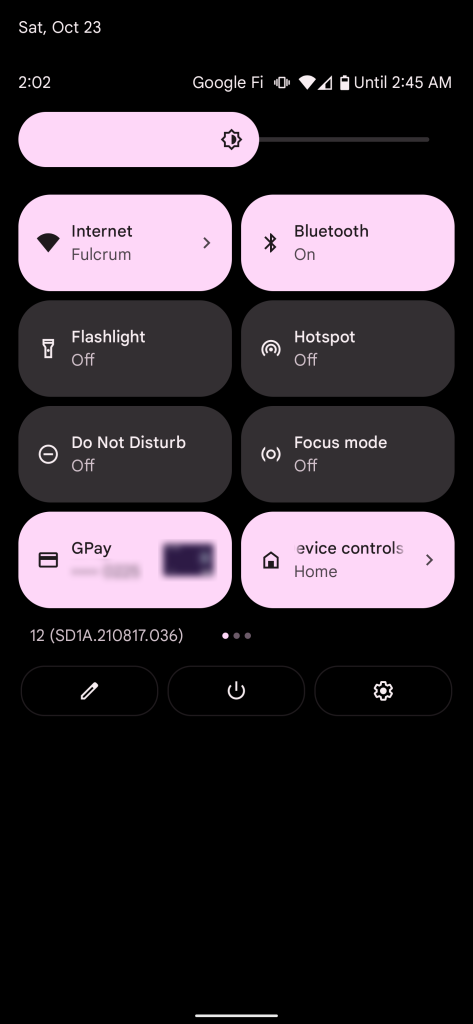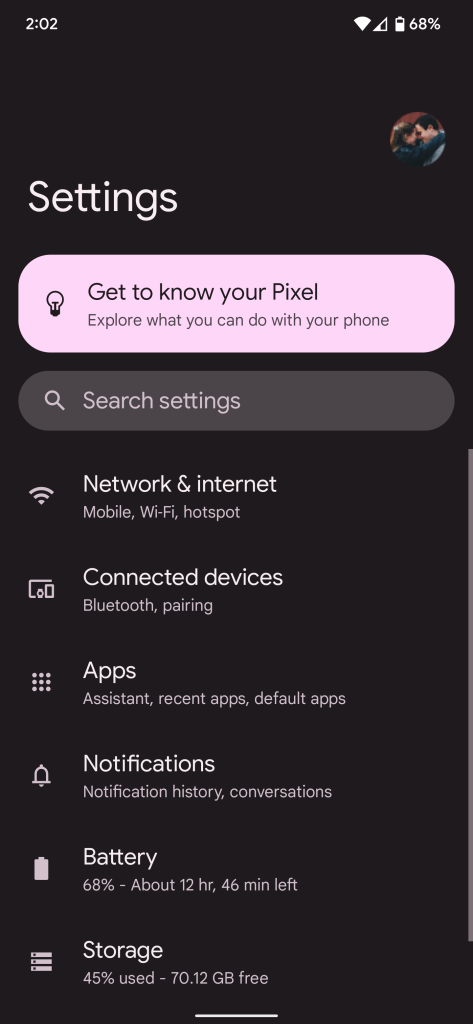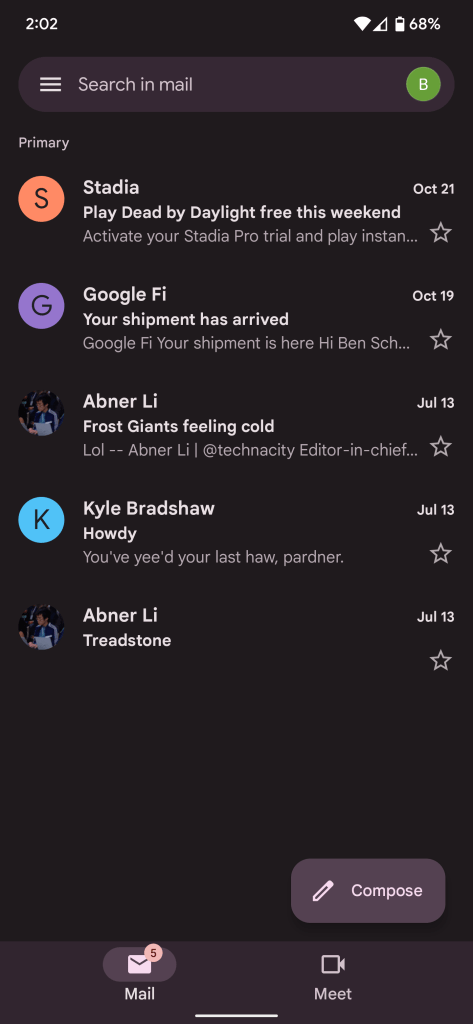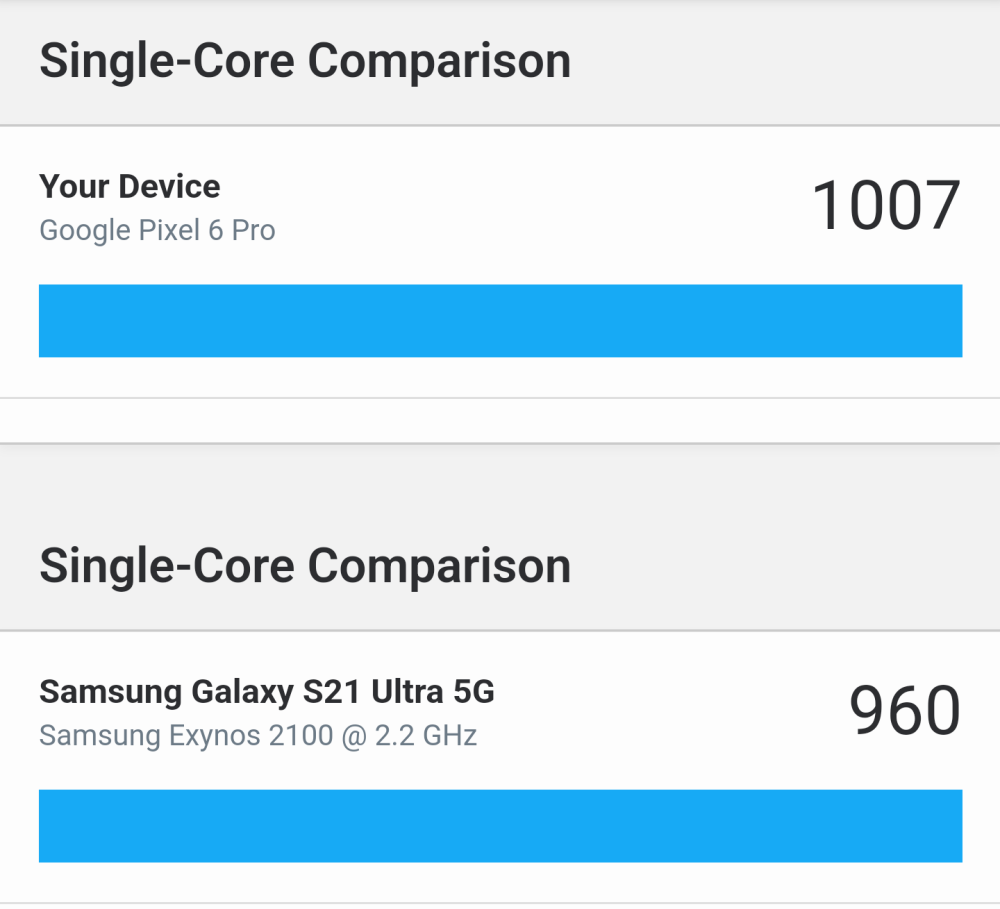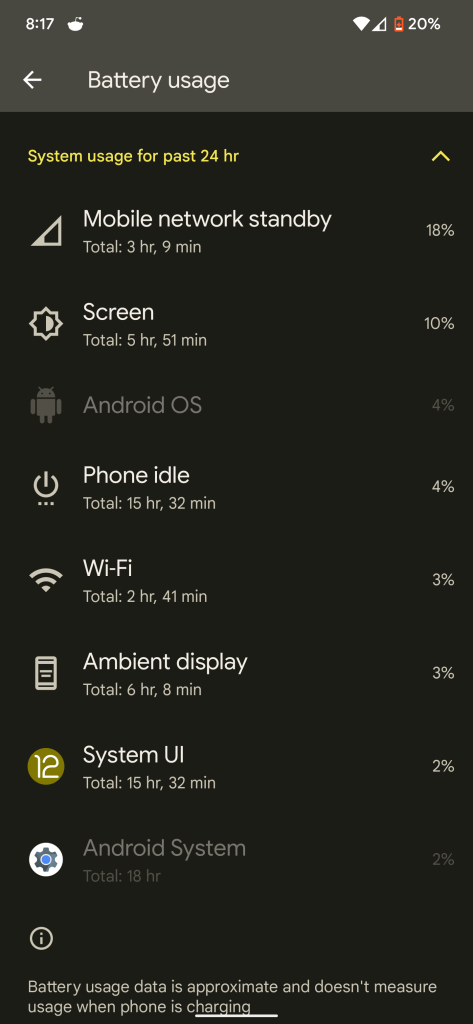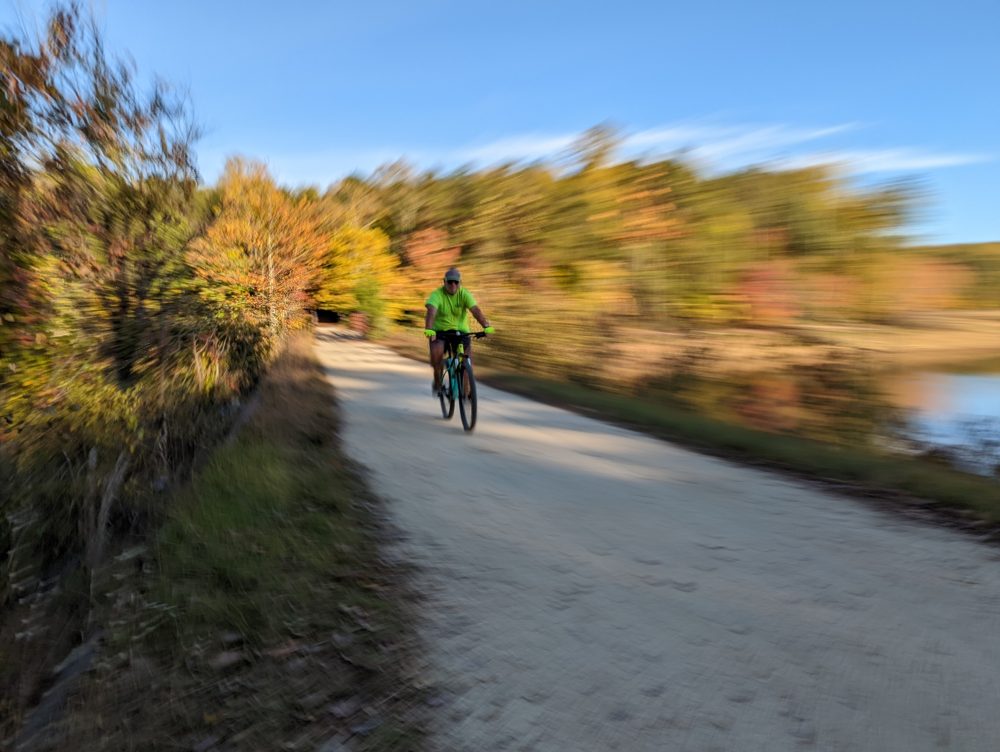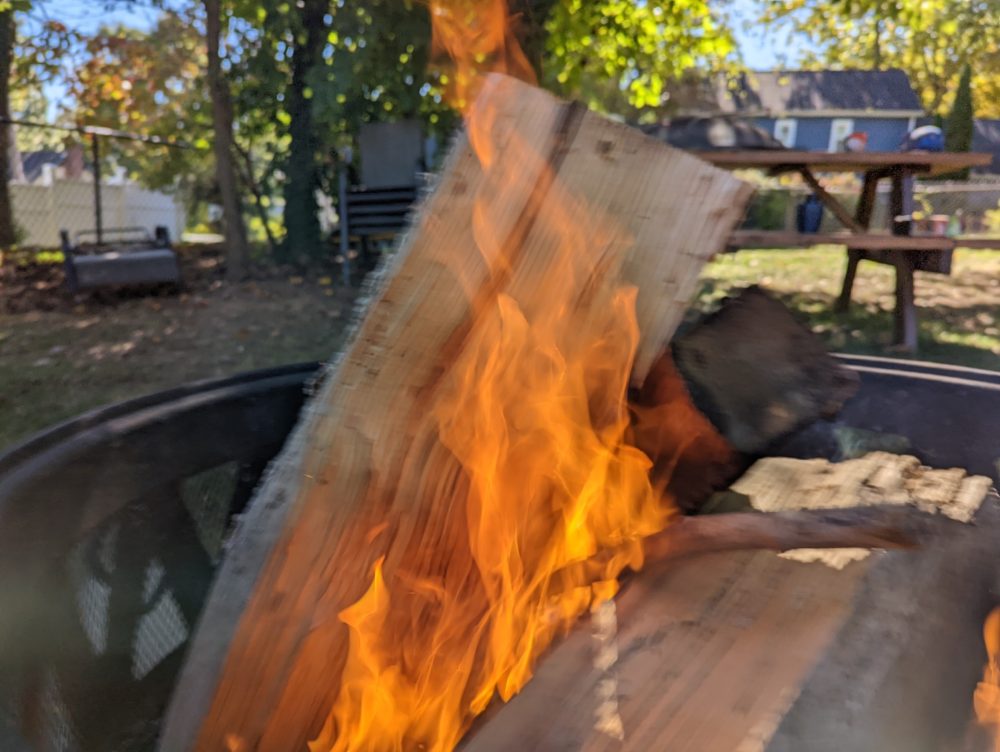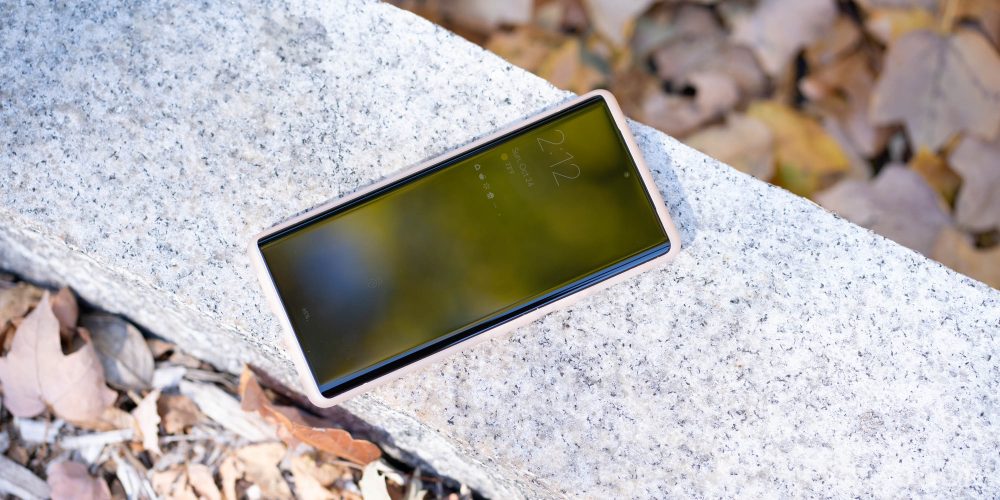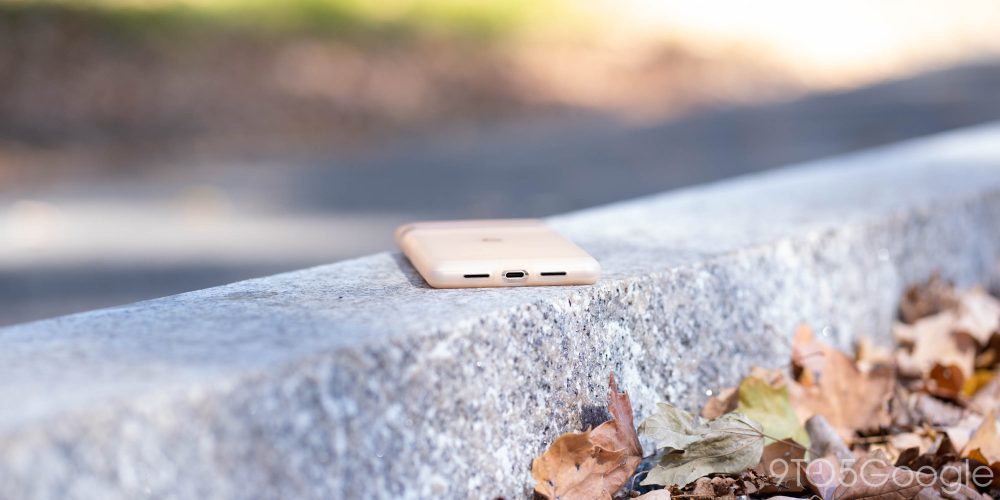2016 marked a major year for Google, with the launch of Assistant and its first self-made smartphone, the Google Pixel. It was a launch that changed the game for how we thought about Google’s hardware ambitions, but several generations in, things weren’t exactly working out all that well. The Pixel 5, despite being a relatively good phone, was a low point for the entire series. But finally, everything seems to have clicked into place. The Pixel 6 Pro is Google’s first true flagship with top-tier specs and the company’s own chipset under the hood, and it’s exactly what Google needed to put out at this moment in time.
Hardware
Starting with the Pixel 2 and ramping up from there, Google’s design for Pixel smartphones fell in line with the company’s other products – This is to say they felt somehow more “human” and “soft” than other Android phones. They were never flashy or attention-grabbing, just practical designs that got the job done while looking aesthetically pleasing (notches aside).
That changes with the Pixel 6 Pro, a flashy flagship that looks like it came straight out of the minds of Samsung and OnePlus. The glossy glass back, polished aluminum frame, and curved display sides all bring up the memory of a typical Android flagship more than they do a Google device.
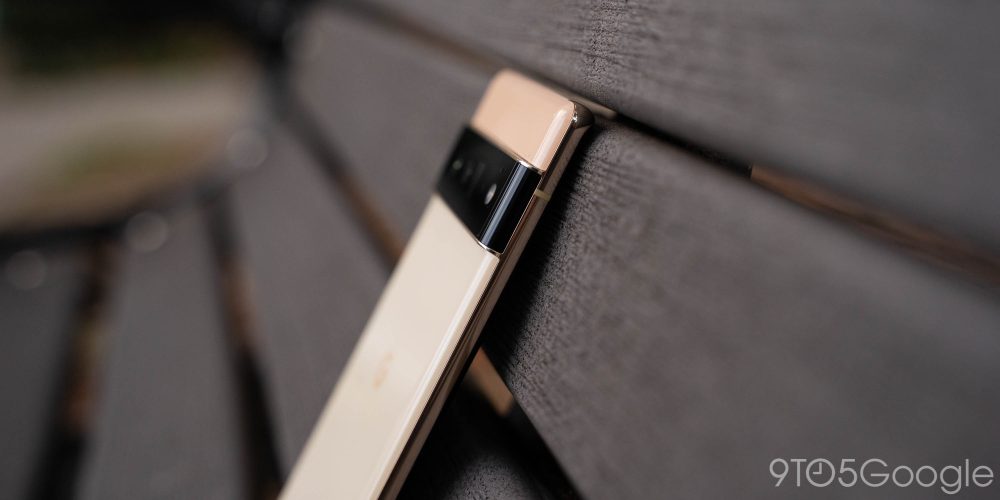
Over the past week using the Pixel 6 Pro, I’ve concluded that this isn’t necessarily a bad thing. The look of the Pixel 6 Pro is by no means offensive, and it still stands out. Unique choices from Google, such as the large “visor” camera module and the dual-tone colors, ensure that you won’t confuse the Pixel for something from Samsung or OnePlus at a glance. Yet, the other choices make it feel like Google is trying to keep up with its direct competition. When it comes to the colors, I think the “Sorta Sunny” color variant pictured here is by far the best one you can get on the Pro model. It’s still a bit dull for my taste, but the subtle gold shades look really nice in person. I just wish Google hadn’t fallen into the same trap as Samsung in thinking that “Pro” customers want the dullest colors in existence but instead had embraced bright and fun colors to go with Material You.
In the hand, the feel is a bit of a mixed bag. The glossy glass is far from my favorite design trait, but the oleophobic coating feels quite good in the hand. The polished aluminum frame, too, is comfortable. However, the two together are a slippery pair that had me rushing to slap on a case. I really would have preferred if Google used the matte black coating from the standard model on the frame of the Pro device, as it’s a nice change of pace from your typical smartphone design and adds both grip and a “soft” element to the design. Matte glass would have only sweetened the deal.
Also notable is the camera module, which juts out the back of the device. It’s certainly large, but I found it entirely acceptable. Its wide stance means the phone won’t rock on a table, and it’s not so large that it gets caught on your pocket. With a case on, it’s not even noticeable. What is still a little noticeable is that the camera module rattles a bit more than others. All phones with OIS rattle when you shake them, but the Pixel 6 Pro is louder. This is something that’ll probably annoy you for a couple of hours, but after that, I forgot about it entirely. The other little quirk about the device is the plastic “antenna window” at the top of the frame. The “window” is used for the mmWave 5G radio and isn’t unique to the Pixel, but Google’s version is larger and more obvious than others. It’s almost an eyesore since it’s visible from the front, but once again, a case quickly solves that problem.
Feel and design aside, we’ve got to talk about the physical size of this phone. Looking at the Pixel lineup in a bubble, it is massive. The 6.7-inch display on the Pixel 6 Pro is the largest ever on a Pixel device and you feel every single bit of that size while holding the device. Coming from last year’s Pixel 5 is a jarring change, and even from older big phones such as the Pixel 4 XL, it’s a major increase in size. In this case, a picture truly is worth a thousand words.
After using the Pro for a while, I’ve still not gotten entirely used to the size, as it feels a bit too tall and especially wide for my liking. Your tastes may vary, though, and if you’ve ever used a phone over 6.5-inches from the likes of Samsung or OnePlus, you’ll feel right at home with this hardware. Google isn’t exactly breaking ground on smartphone size here, but it’s a definite change of pace compared to what we’re used to seeing from the company. Even previous XL phones felt more manageable since their smaller screen-to-body ratios kept more things in reach.
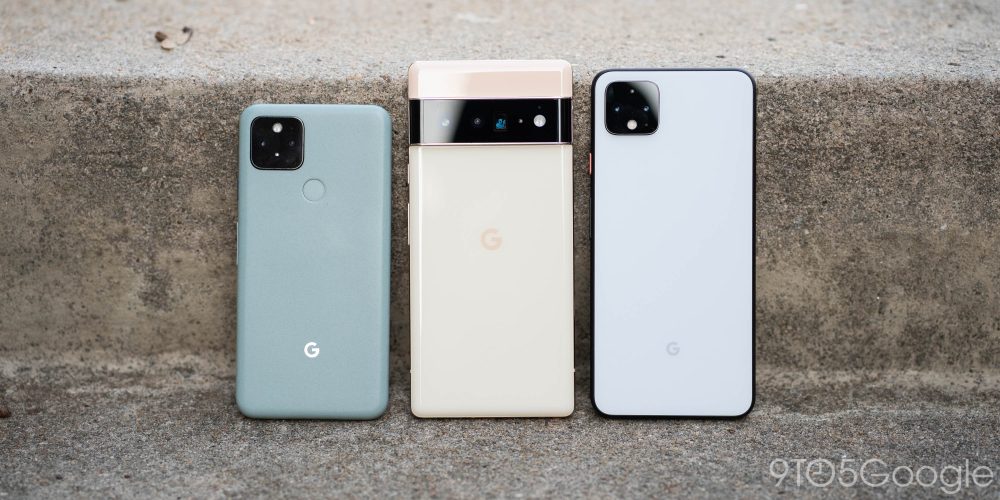
If the smaller sizes of Pixel hardware is what drew you to the lineup, you need not apply for the Pro.
The display is arguably the most important part of your phone, as it’s what you interact with at all times. After two generations of missteps – Pixel 4’s green tint and Pixel 5’s lower resolution – Google is finally back on the right track with the Pixel 6 Pro.
The 6.7-inch display on the Pro, while huge, gets the job done very well. The LTPO AMOLED panel shows vivid colors and gets bright enough for use even outdoors. Samsung’s Galaxy S21 Ultra certainly still has an edge here, but Google’s display has no apparent flaws and truly competes with the best of the best. And the return to offering a QHD+ display is refreshing.
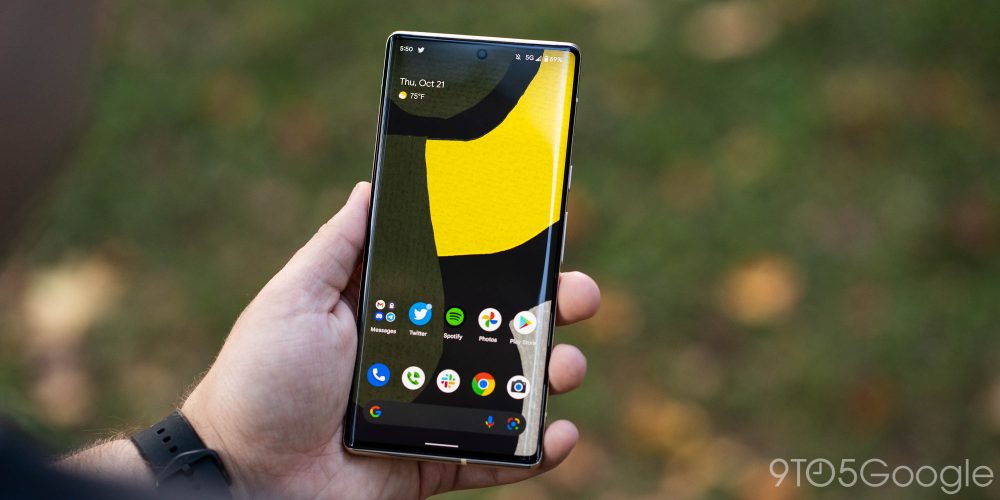
In terms of the refresh rate, 120Hz feels right at home with the animations of Android 12, and, with the optimizations Google already has on Pixels, 120Hz has never felt smoother to me on an Android device. Google also seems to be taking slightly better advantage of the adaptive refresh rate than other OEMs. When I turn on Android’s developer option for showing the current frame rate, I see the number dip from 120 to 60 far more often than, say, an S21 Ultra. Things ramp up to 120 when scrolling, but even just a brief pause on the homescreen knocks it down to 60. It’s not as advanced as what the iPhone 13 Pro pulls off, but it’s a step in the right direction for sure.
Software & Performance
These latest Pixel phones are the first smartphones to ship with Android 12 and Google’s new design language, Material You. As we’ve covered through the extensive beta period, Android 12 and Material You are a great evolution of the operating system. They feel right at home on this new hardware.
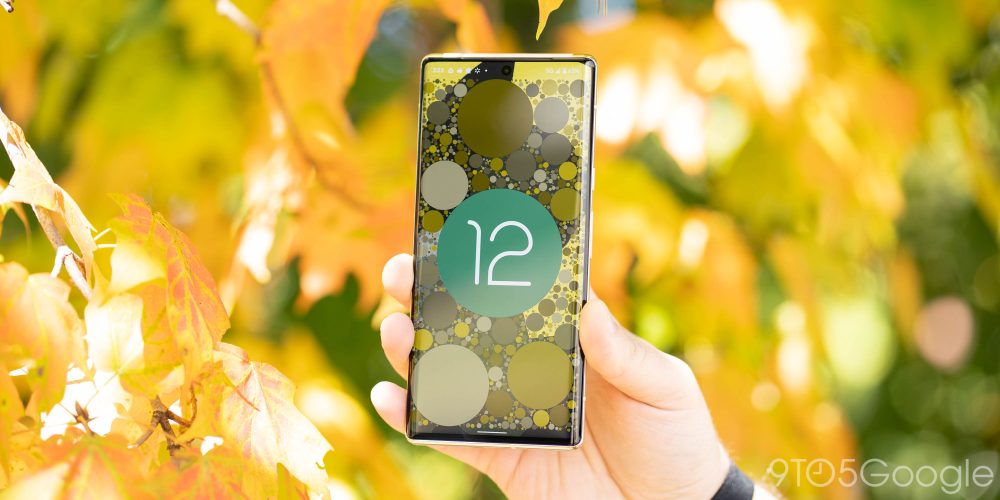
Material You on Android 12 is all about color and, more specifically, changing the colors of your apps and the OS as a whole to suit your style, all generated based on your wallpapers. Changing your wallpaper to one of the many included on the Pixel 6 Pro or to something you picked out yourself results in the OS changing to match that new accent. In my case, I ended up settling on two of Google’s “Motif” wallpapers that both have a strong yellow accent that the OS picked up on. It matches well with the “Sorta Sunny” hardware I’ve been using, and the bright yellows look excellent with this display through the settings, accents, and apps that support it.
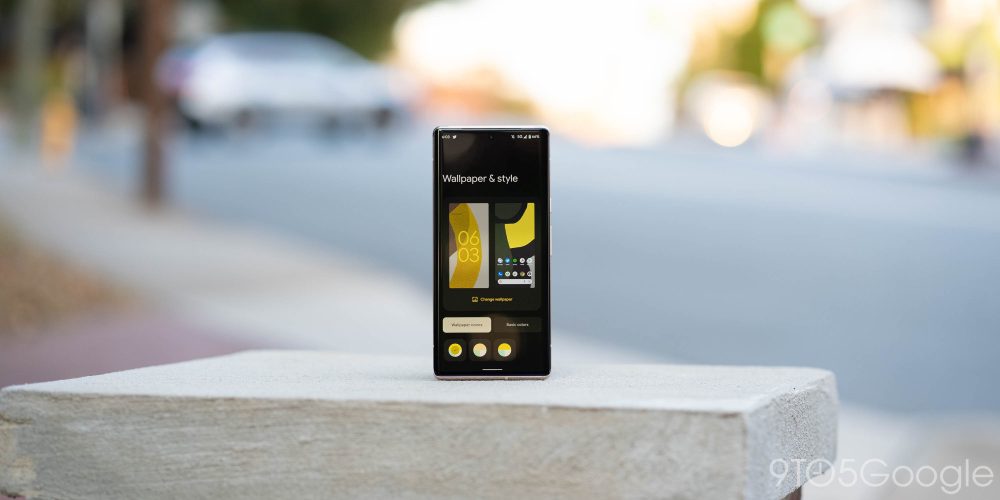
On that note, Google throws in a nice touch with the startup screen on the Pixel 6 Pro matching the color you purchase. This unit had a subtle gold accent color while my red Pixel 6 had a muted red palette to work with.
-
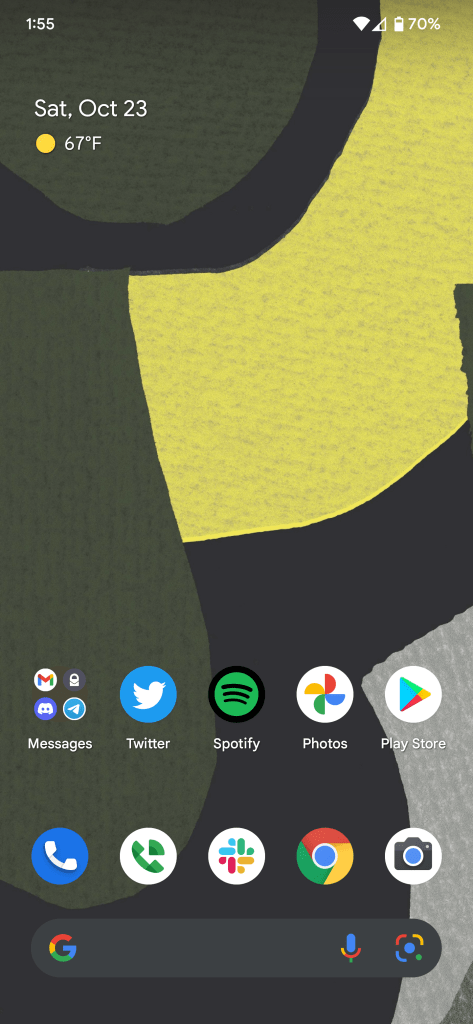
? Google ‘Motif’ Collection -
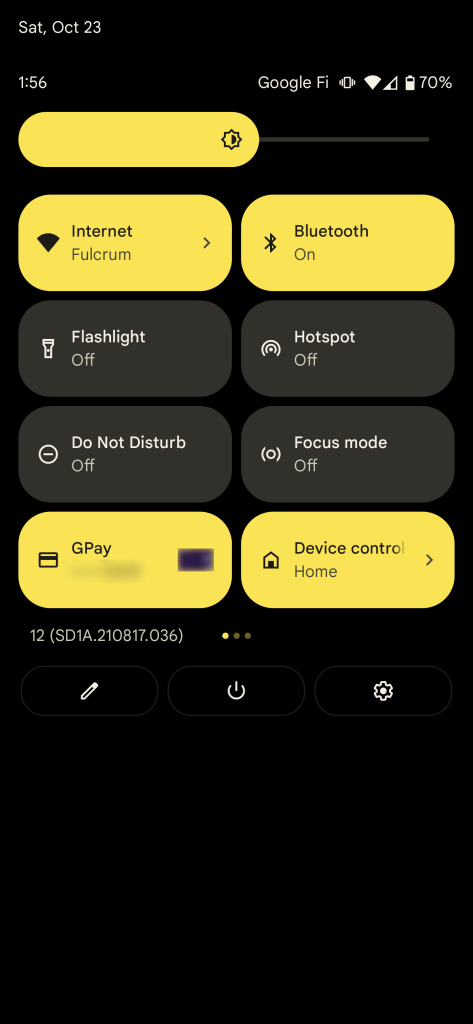
-
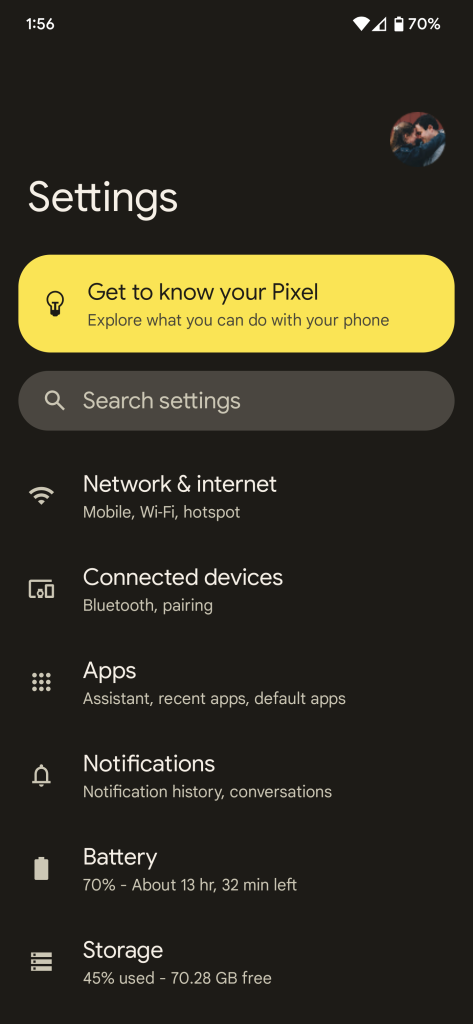
-

-

? Google ‘Motif’ Collection -
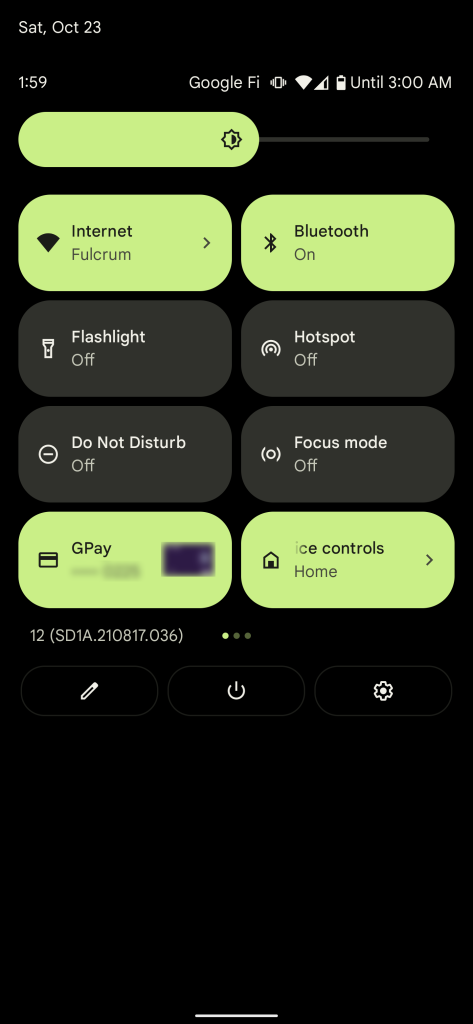
-
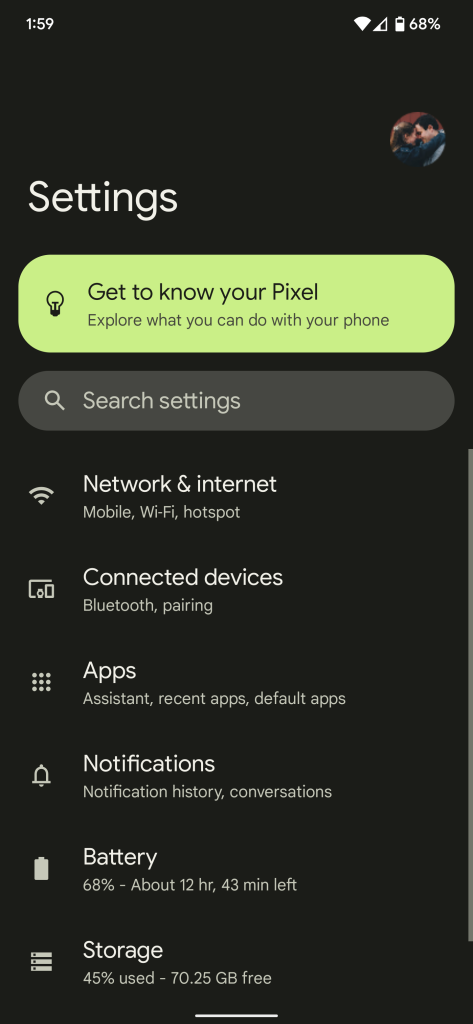
-

-
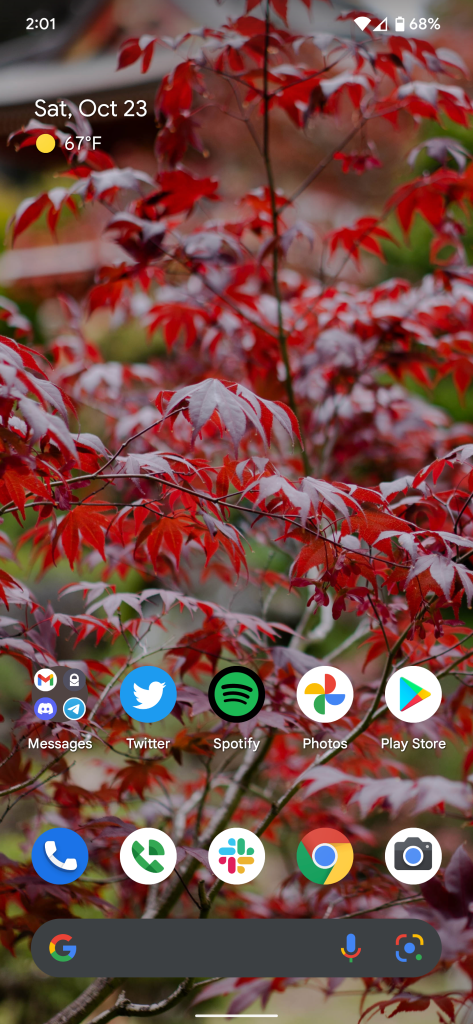
? Ben Schoon -

-
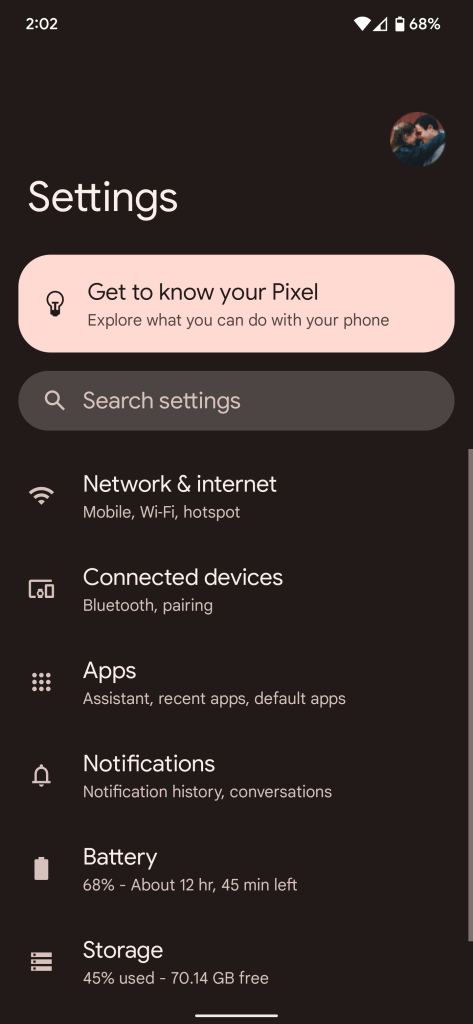
-
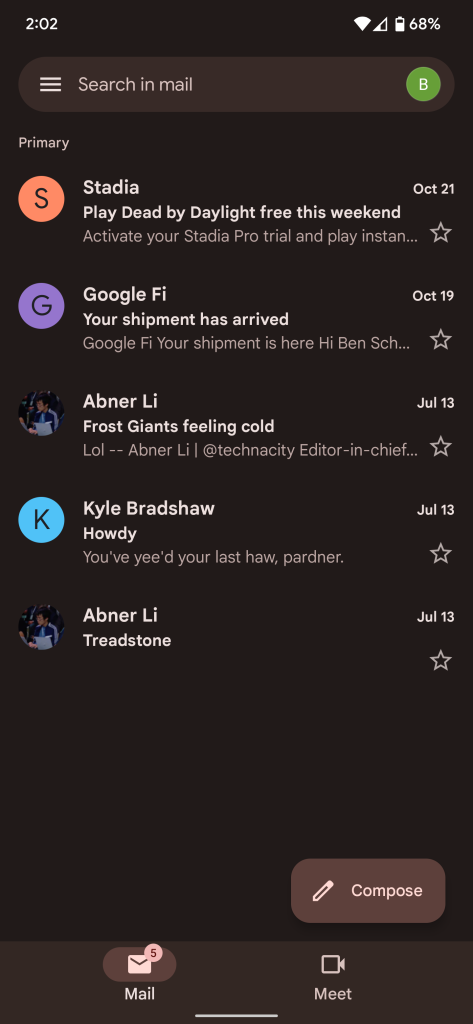
The unfortunate bit about Android 12, though, is that it just doesn’t feel done. Bugs and visual errors from the beta program still persist even on this fresh new hardware, and it can be genuinely frustrating at times to see an app crash for no reason or find a glaring bug that hasn’t been patched.
Google was, of course, right to launch the Pixel 6 series with Android 12, but one can only hope that the next two or three month updates do a number on filling in the cracks. Or, perhaps, Android 12.1 will do it.
While the software running on this device is perhaps its biggest strength, we first have to talk about what runs the show – Tensor.
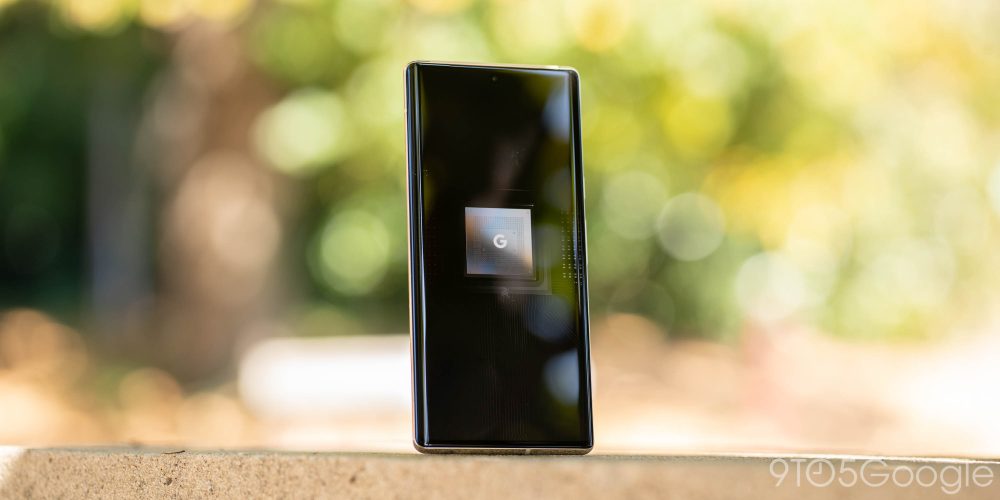
The Google Tensor chipset within the Pixel 6 Pro sets the stage for Google phones for years to come, and it’s legitimately impressive how strong the company’s initial offering is. In my testing over the past week, performance from Tensor has been virtually indistinguishable from the Snapdragon 888 used in recent Samsung and OnePlus flagships.
The vast majority of my tasks were general smartphone usage, but everything held up without skipping a beat. If anything, the usual optimization Google does with its clean Android build felt faster on the Pixel 6 Pro than the versions skinned by One UI and OxygenOS. Games were pleasant as well, in my limited testing. I’m not much of a mobile gamer, but tests over the course of about an hour with titles including Asphalt 9, League of Legends: Wild Rift, and Civilization 6 came with performance that felt on par with a high-end Snapdragon chip and equally expected battery drain. I did notice that the phone started to warm up relatively quickly, but even as I continued pushing it, the heat didn’t get unbearable by any means.
Typically, we avoid benchmarks as they’re not necessarily representative of user experience, but they are useful in showing the raw performance difference between Tensor and its direct competition. And, really, it just reinforces how close these chips are.
In Geekbench 5, the Pixel 6 Pro came out with a single-core score of 1007 and a multi-core score of 2765 in one test. Breaking that down, the single-core score is pretty much at the top of the charts, beating the Exynos 2100-powered Galaxy S21 Ultra by around 50 points and falling just shy of the Snapdragon 888 version (running Android 12) by 10 points. The multi-core score, on the other hand, fell around 300 points lower than the Exynos 2100 and 400 points behind the Snapdragon 888. Notably, I was not able to run compute benchmark tests on the Pixel 6 Pro as the test crashes before completing each time I’ve tried, and, in some cases, the benchmark scores were inconsistent and sometimes showed much lower scores. The cause for this is unclear.
The numbers, as we mentioned, really don’t mean anything, but these tests do show us that Tensor is up to the task of competing with the best processors currently used in Android phones. Even though Google falls just shy of its competition, Qualcomm should absolutely be on notice that Google got this close on its first try.
But what does this mean in real life? Tensor makes its presence felt in a few key areas, for one, the camera. Processing photos is faster than it’s ever been on Pixel devices, even compared to the older models that had the Pixel Visual Core. This extends over to video, which now has that stunning Live HDR effect. Voice actions also feel just a bit more responsive to me, and on-device AI features such as Magic Eraser are remarkably fast and accurate. I’m sure a lot of this could have been done with a Snapdragon 888 and co-processors today, but the fact that Google has more control makes me excited for what this chip’s successors will make possible. Tensor, as it stands today, is just scratching the surface.
Android 12 as a whole on the Pixel 6 Pro runs like a dream on Tensor. Though, I did notice one quirk with notifications being delayed on occasion. This was rare, and our Editor-In-Chief Abner Li didn’t observe the same behavior on his unit, but it was a little strange to see this quirk on a Pixel which, generally, are very reliable for that sort of thing. Most likely, this can be chalked up to Adaptive Battery still learning my habits in the too-brief time we’ve had to use the phone.
One fear I had ahead of Tensor’s launch was that third-party apps might not play with it very nicely, but this seems to be a fear that was not realized. I only ran into two issues with third-party apps on this device, with Geekbench 5’s Compute test crashing inexplicably and Feedly crashing on login. These might be related to the chip switch, but there’s no evidence to back that up that I could see. More likely, it’s related to Android 12 being a little rough around the edges.
As a side note, Tensor also brings with it one of the first widely available non-Qualcomm modems we’re seeing in an Android phone in the US, the Samsung 5123. Not much is known about this modem, but anecdotally I’ve had no issues with connectivity running on Google Fi with both LTE and 5G in the Winston-Salem, NC area. Signal strength and speeds have been consistent with Qualcomm devices I’ve tested on the same network in the same region.
The past week has reminded me how much I love using a Pixel. The mediocre performance of the Pixel 5 last year left me mostly sticking with other devices such as the Galaxy Z Fold 2/3 and Galaxy S21 Ultra, but over the past few days, I’ve been reminded why I love using a Pixel so much. Google’s software tricks are just so good, and they can’t be had anywhere else.
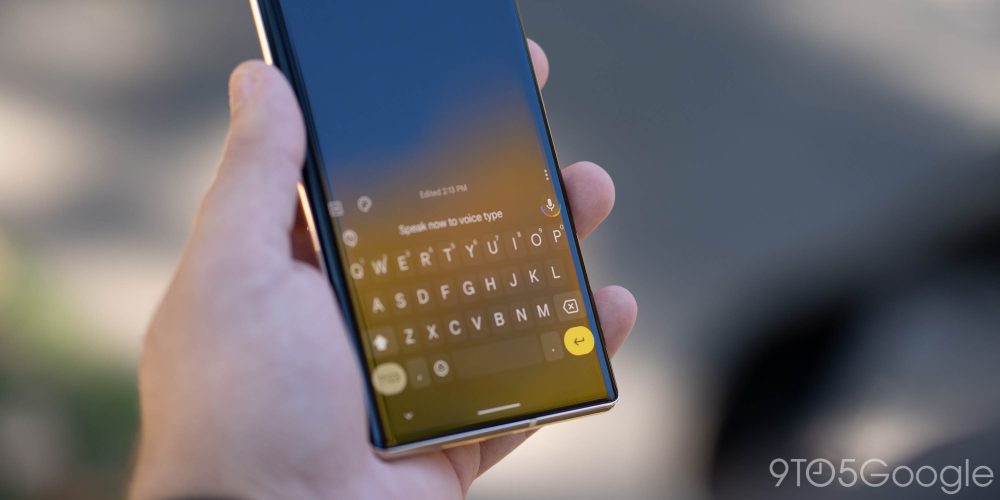
Call Screen, for instance, is a game-changer for spam calls and cuts down that daily frustration of your “car’s warranty.” The automatic screening of suspicious numbers makes these interactions seamless and takes numerous distractions out of your day.
Fast translations, thanks to Lens and Tensor, feel great, but the thing I’ve really found myself loving is the new voice typing in Gboard that’s powered by Assistant. It’s incredibly fast and accurate, and the automatic punctuation is really the killer feature. I’ve never felt so confident using voice-to-text while walking or in the car (which we should all keep to an absolute minimum regardless). You can even make edits to what’s been dictated without the voice option being turned off.
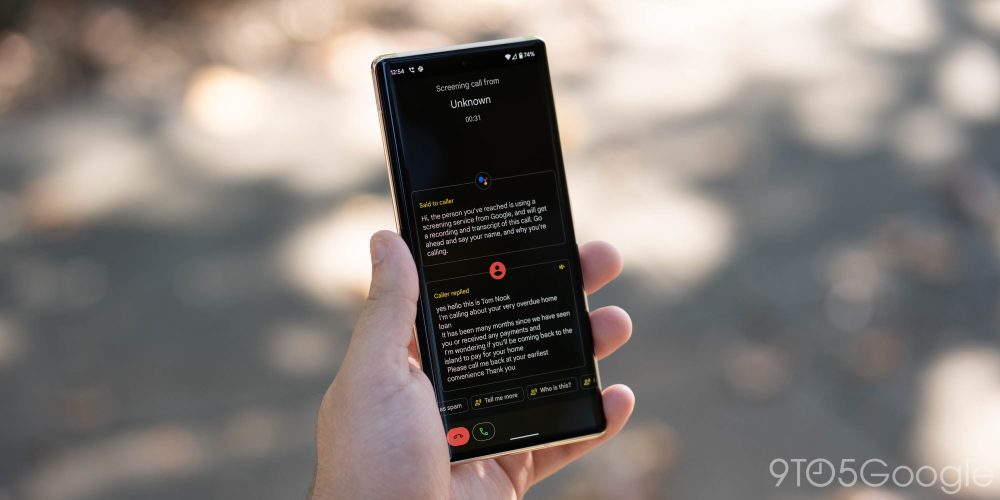
There are several other new features on the Pixel 6. These include improved device search in the app drawer, “Direct my Call,” which displays a visual menu for toll-free lines, and “Wait Times,” which shows an estimate of how busy that line may be. These are both brilliant ideas, but I’ve not been able to test them properly. In a test with the DoorDash customer service line, Wait Time worked perfectly, as pictured below, but the Direct my Call menu didn’t trigger on my first go-round. As it turns out, the feature is disabled by default. While trying to get a repair done on a home appliance this week, too, neither feature triggered on the standard Electrolux helpline. There’s potential for both of these, but they probably need a bit of time and wider use until they can manage to work consistently.
-

Wait Time -

Direct My Call -
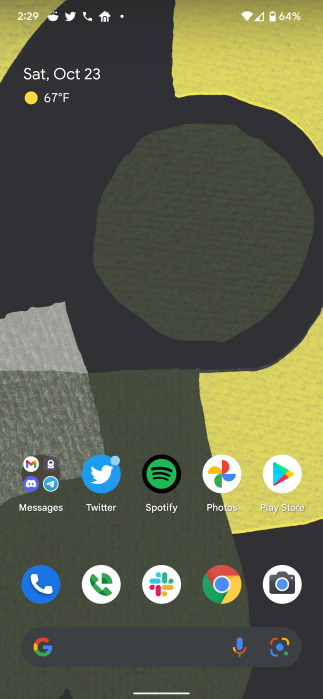
Updated ‘At a Glance’ -
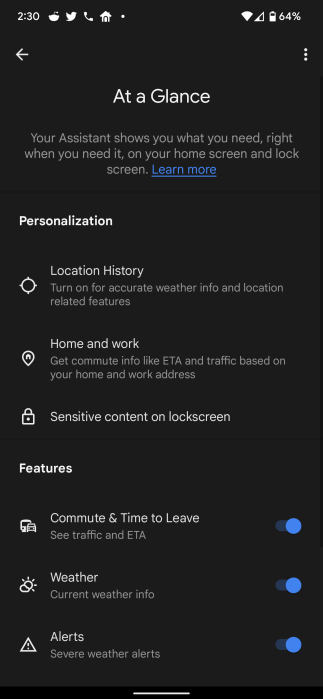
Updated ‘At a Glance’
Google also refreshed its “At a Glance” widget with the Pixel 6. There is expanded support for new features such as plane tickets, and some third-party apps (such as Adidas) now have calendar integration for quick and easy access on your homescreen. The calendar option works just as well as usual, but I couldn’t test out tickets in such a brief time. I wish At a Glance were an optional part of the Pixel Launcher since Android 12’s new widgets are just so good.
Enhanced device search and Quick Tap round things out, but I didn’t find either to be particularly useful. Device search works well for finding on-device content quickly, and Quick Tap is a reliable gesture, but neither has been useful in my own workflow. I’d rather have a customized version of the old “squeeze” feature that triggered Assistant in its place, especially since Google has switched to triggering Assistant using the power button, which does not feel natural to me at all – luckily, that’s optional.
Special features are what really sells the Pixel, and the ones mentioned above just scratch the surface. There are further add-ons in the camera we’ll get to later and long-standing options such as Car Crash Detection. They’re features that will sell phones if Google makes people aware of them.
One of the biggest advantages you’ll get from buying a Pixel is software updates, and that’s an advantage that’s growing with the Pixel 6 Pro. Thanks to Tensor, Google is extending support beyond the 3-year standard established with previous models.

The Pixel 6 Pro is guaranteed security updates for five years after its October 2021 launch, meaning the phone will get monthly patches through October 2026. That alone makes it the best-supported mainstream Android phone on the market. However, it’s not quite as great as it seems. While security patches go out to 2026, major Android updates will stop in 2024, just three years from launch. That’s certainly disappointing since, in theory, Google should be able to support the Pixel 6 for longer since it controls the chipset. Apple supports its iPhones for around six years on major updates, so it’d be nice for Google to get a bit closer.
That said, it’s hard to criticize Google for this move. As nice as it would have been to get more, what we’ve got here is a pretty big leap forward for Android, and it only stands to get better from here. This is Google’s first homegrown chip, and it’s going to take time for its benefits to be fully realized. It’s entirely possible that three years from now, Google decides that Tensor can handle another update. The three-year/five-year timeline isn’t a strict cutoff; it’s a guarantee of the “least” your phone will get.

Plus, there’s the fact that updates on Android aren’t quite as crucial as they are on iOS, because Google pushes new features through the Play Store and Play Services, even on system apps. Nearby Share, for instance, was rolled out to every modern Android phone through a simple server-side update; no major system update needed. Major system updates are great, and I do think Google should push them out for at least one more year. Still, security patches are the more crucial part of keeping a phone usable for extended periods of time, and Google has stepped up to improve that timeline on this device.
Battery Life & Charging
Google is advertising the 5,000 mAh battery in the Pixel 6 Pro as lasting “all-day” and, in my use so far, that certainly seems accurate. Over this early testing, I’ve had the Pro easily coast from around 8 a.m. to around 11 p.m. without needing a charger. Generally, I go to bed at 11 p.m. or later, and the phone is under 15%, but I consider that solid endurance, all things considered. My use has not been light, either, with screen-on-time ranging from three hours to six hours easily getting me through the day without any battery anxiety. Notably, though, Android 12’s battery screen changes make it very difficult to accurately track these stats between charges, so my figures may be slightly off.
This is a phone you can kill in a day, but it’s one that should be more than enough to last most folks their entire day. The worst day I had saw the battery drain to 20% by 8pm, but a 10-minute top off with a high-powered USB-C charger easily gave me enough juice to go well past bedtime.

On top of the solid endurance, the Pixel 6 Pro charges up quicker than ever. The USB-C port is capable of 30W speeds – as long as you’ve got the right charging brick. Unfortunately, Google doesn’t include a charging brick in the box, and it’s not a free add-on either. Instead, it’ll cost you $25 on top of your purchase. I can’t speak to the performance of Google’s charging brick yet, as, somewhat hilariously, it wasn’t provided to the media in advance. Third-party alternatives I’ve tested from Spigen and Anker have worked out just great and seem to live up to Google’s claim of 50% charge in 30 minutes.
The other thing that, unfortunately, I wasn’t able to test was faster wireless charging. The Pixel 6 Pro can charge wirelessly at up to 23W, but that speed is limited to the Pixel Stand, which is not yet available for purchase. Standard wireless charging tops off at 12W, and it seems to work just fine for overnight charging.
Camera
As its competitors have caught up over the past few years, Google’s camera prowess on Pixel phones has diminished, with the crown handed over to Apple and, to a certain extent, Samsung. However, with the Pixel 6 Pro, it feels like Google has taken it back with an impressive new offering.
On a hardware level, the Pixel 6 Pro offers a 50MP primary sensor that’s physically larger than the 12MP sensor in previous versions. That’s backed up by a 12MP ultrawide camera and a third 48MP sensor with a telephoto lens.
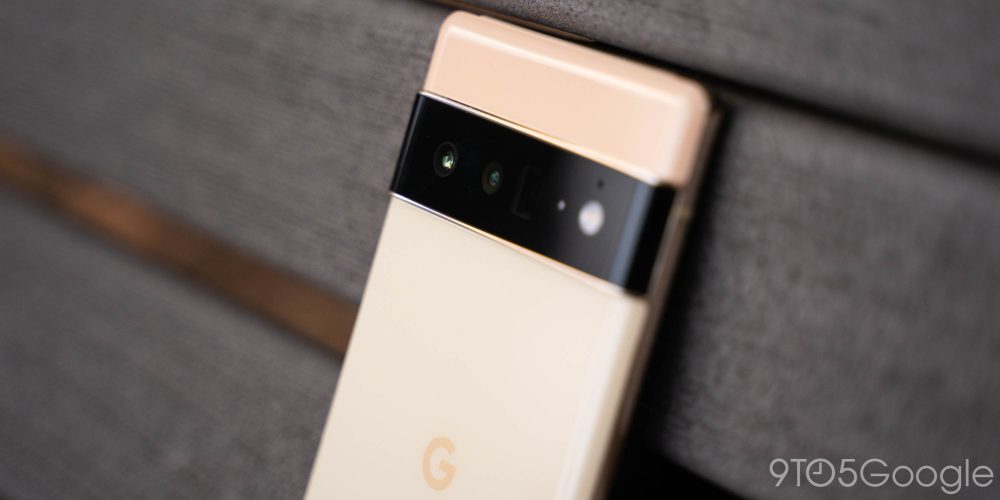
The results coming out of all three sensors have been, in a word, wonderful. The added resolution of the primary sensor adds so much crisp detail to shots, and the larger sensor creates a natural bokeh that adds a beautiful flair to many shots. I’ve been truly blown away by many shots this phone has taken, particularly in the smaller details. In one shot of my dog, the Pixel was able to capture her face in stunning detail that looked identical to real-life while going as far as capturing perfectly the little bits of dust that had passed through the sunlight nearby. Genuinely, I’m not convinced another phone could have taken that same shot as well.

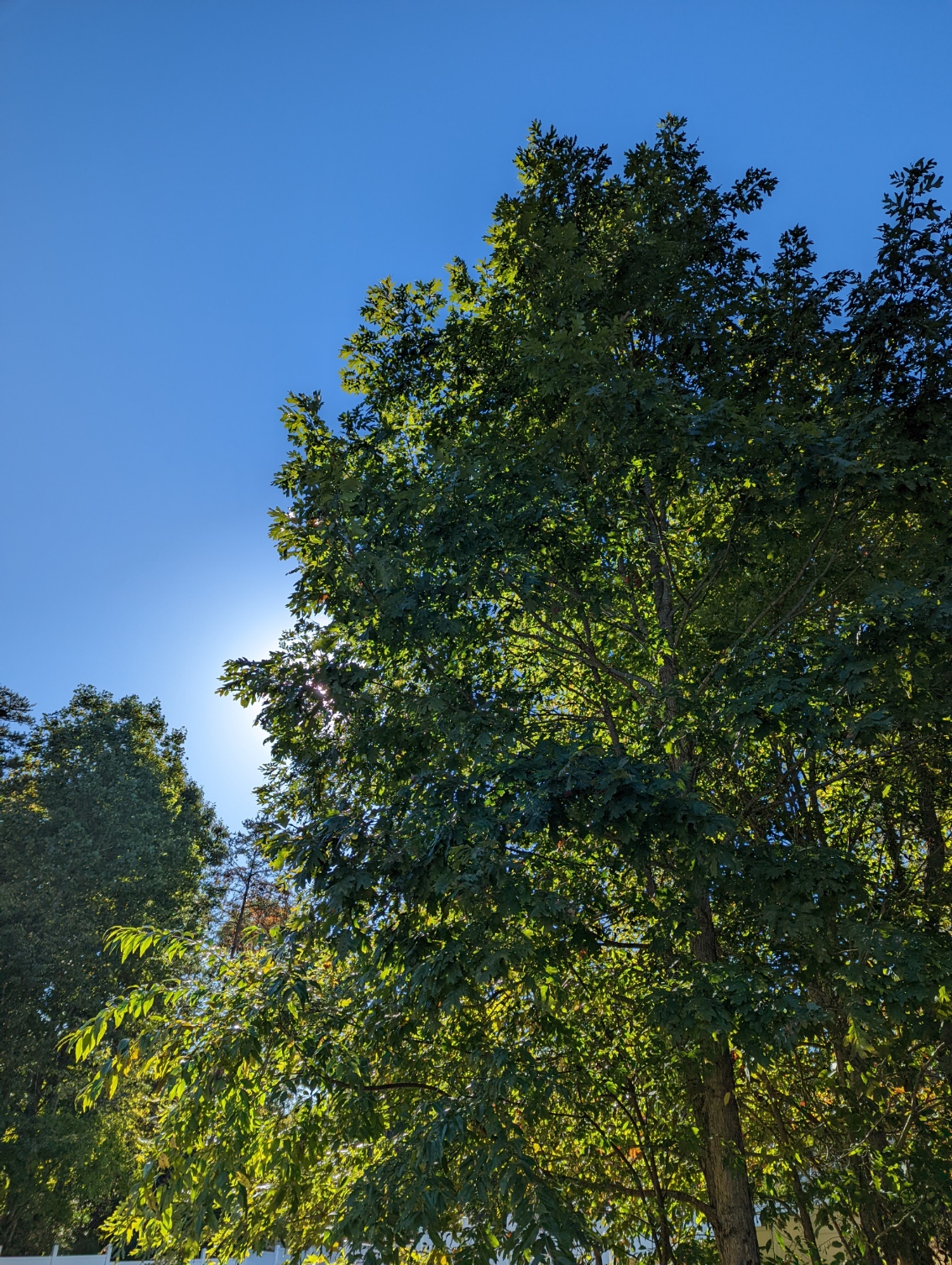




See more Pixel 6 Pro sample images here
In many cases, Google’s HDR works brilliantly, adding a level of detail and color accuracy to more challenging conditions. But I’ve also had cases where it just can’t get the color perfectly right, such as with pink clouds at sunset facing away from the sun.
Tensor plays a role in ensuring that the shots are processed quickly and accurately without skipping a beat. The shooting experience on Pixel 6 Pro is far more comfortable than on the Pixel 5, primarily due to the new chip. The return of the “Visual Core” on Tensor also means that apps such as Instagram and Snapchat should have significantly better quality shots.

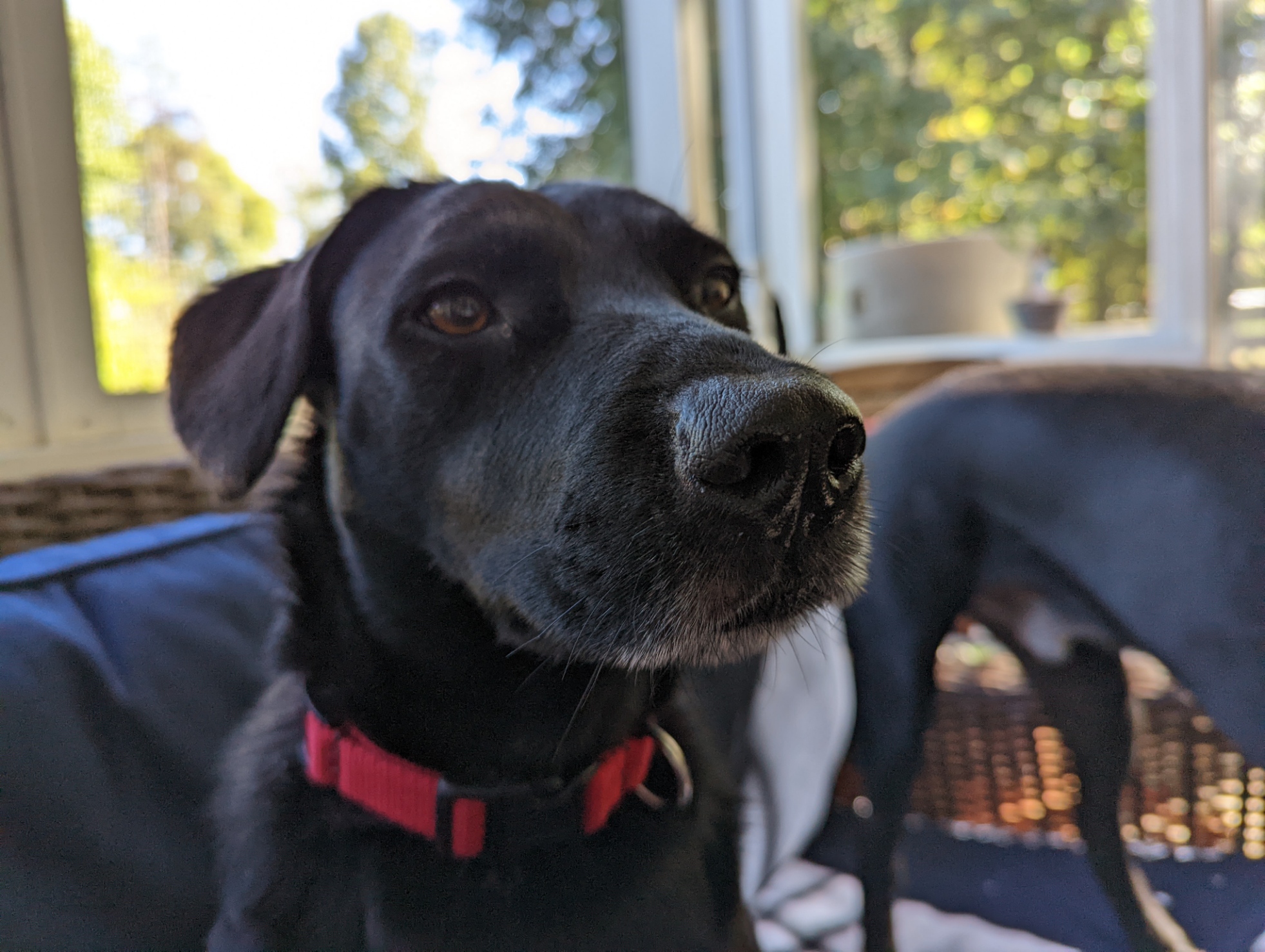
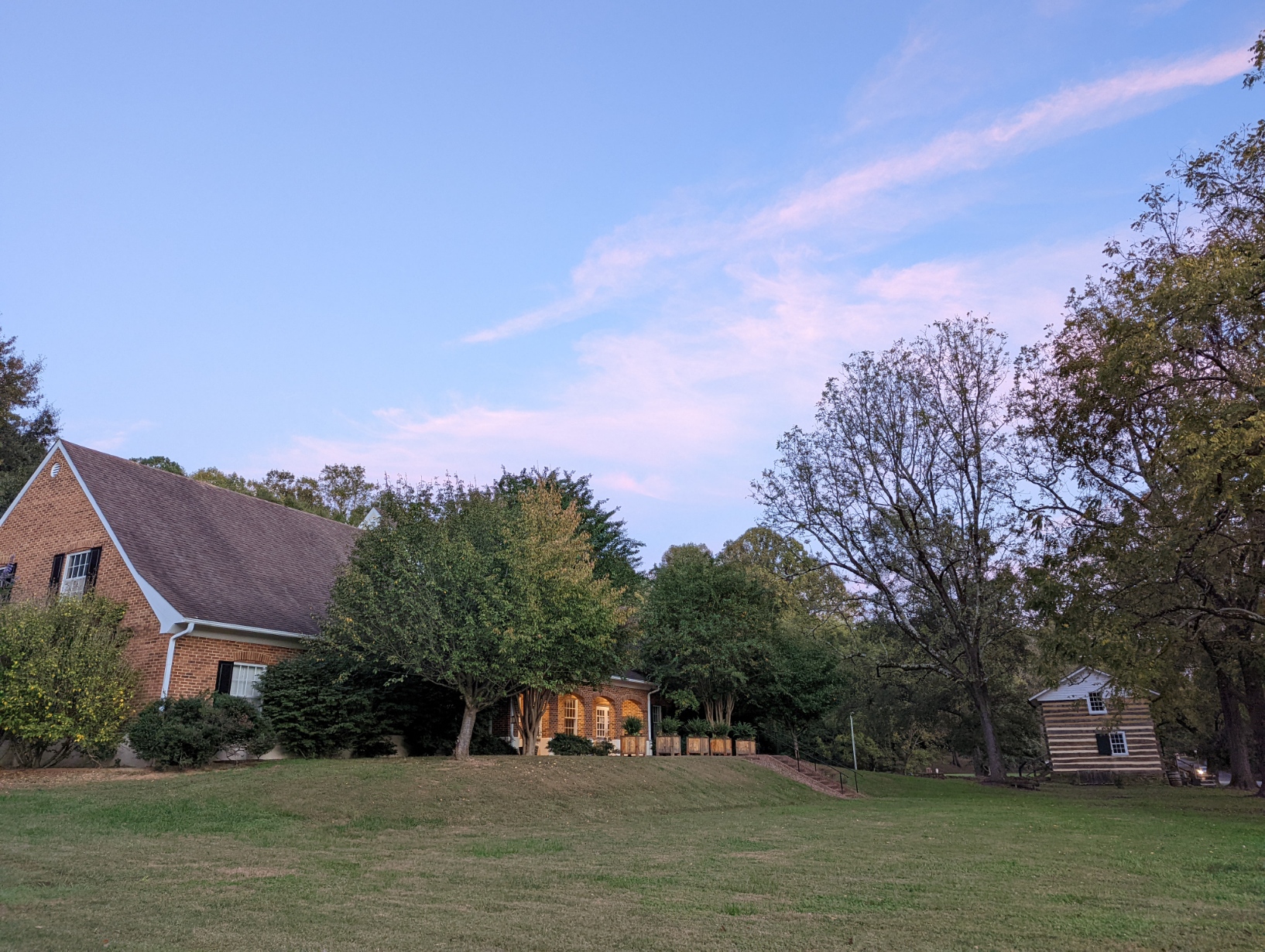
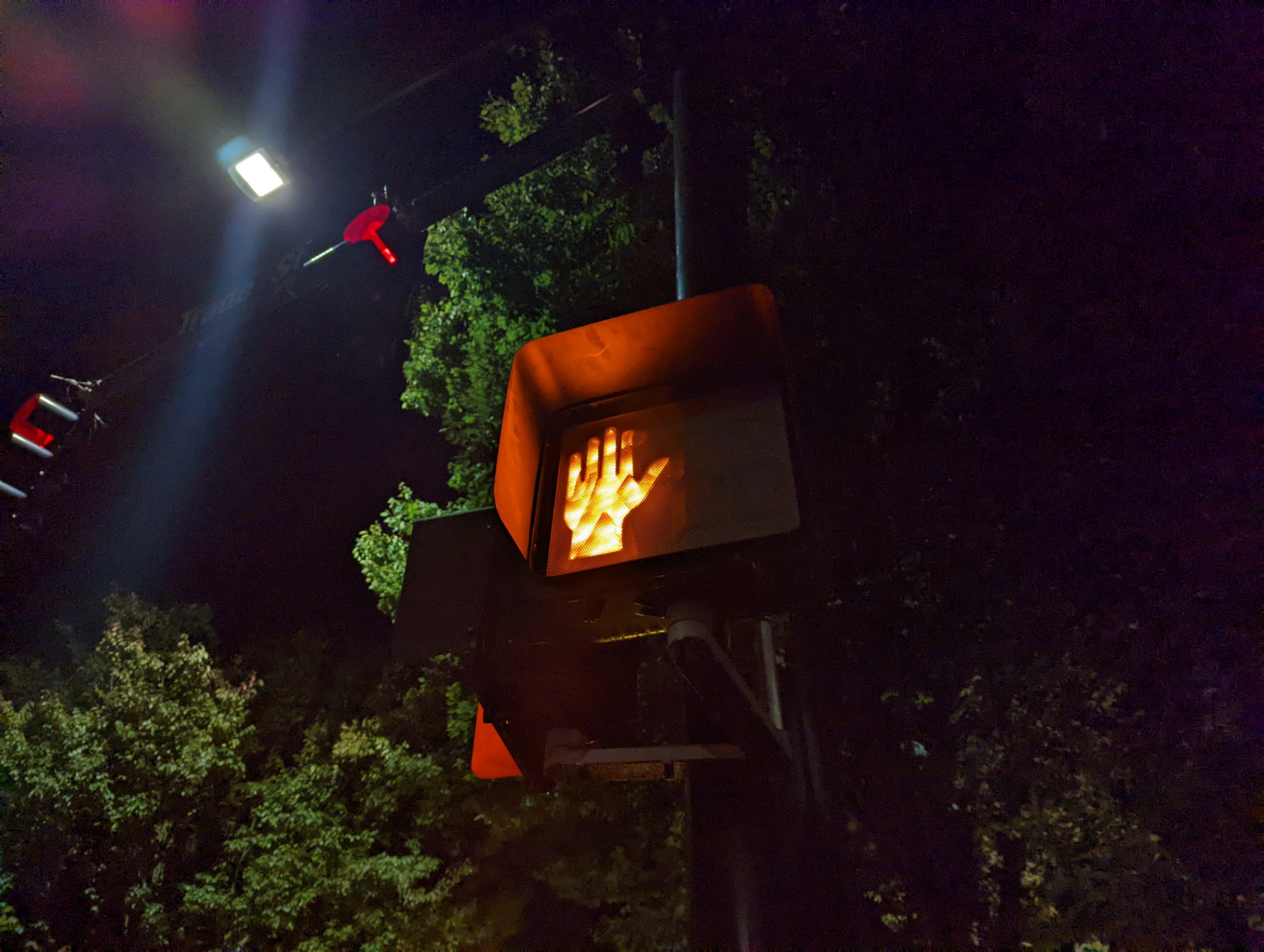


The ultrawide camera, meanwhile, feels like a moderate upgrade. While actually a lower resolution than the Pixel 5, shots feel better processed on this hardware, probably thanks to Tensor. Google also brought back a much wider-angle for the selfie camera, boosting it up to 94-degrees. I’m not much of a selfie-taker, but the added width is certainly a welcome addition for even me. The quality of shots for the most part, too, is good.

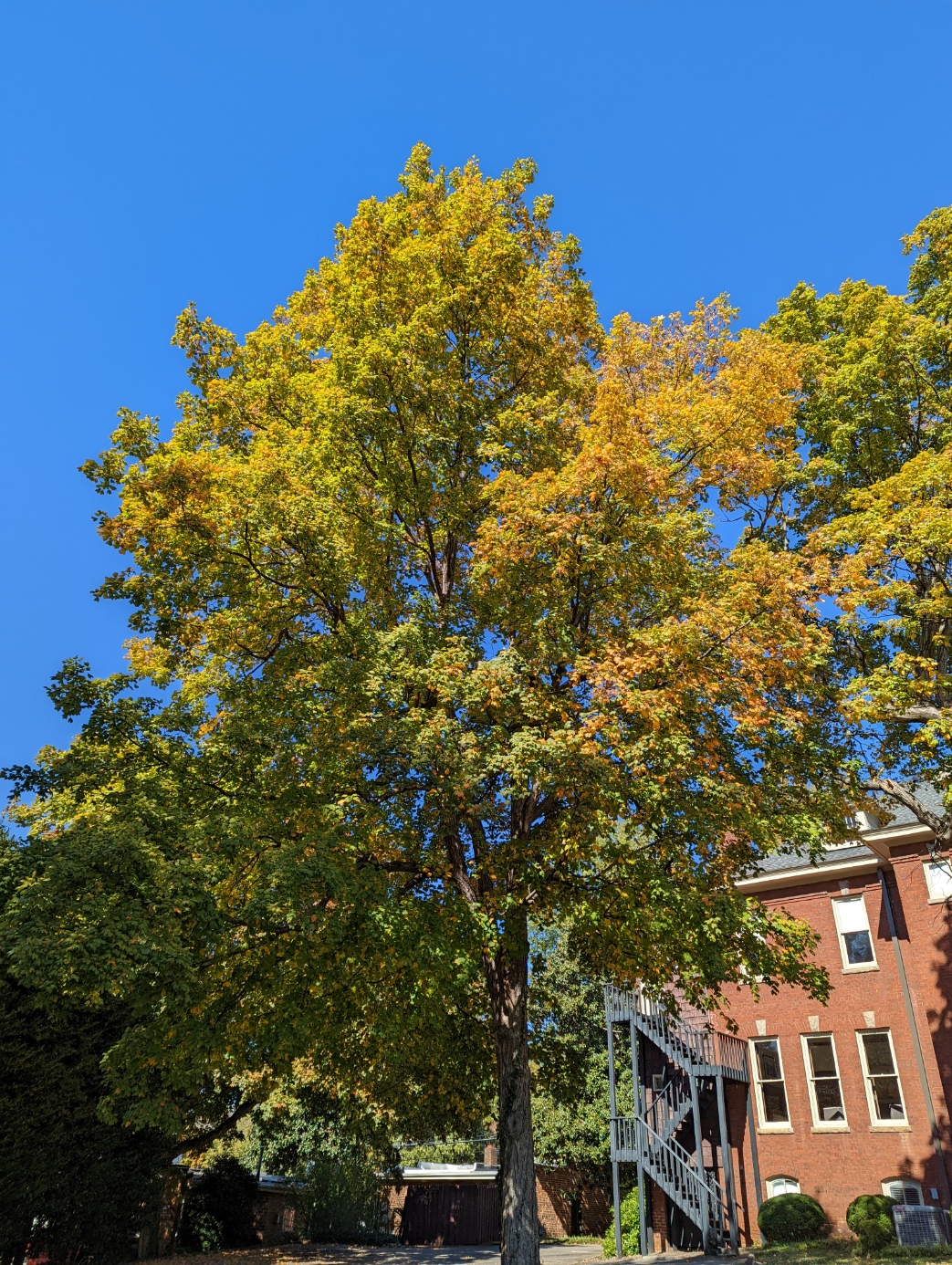


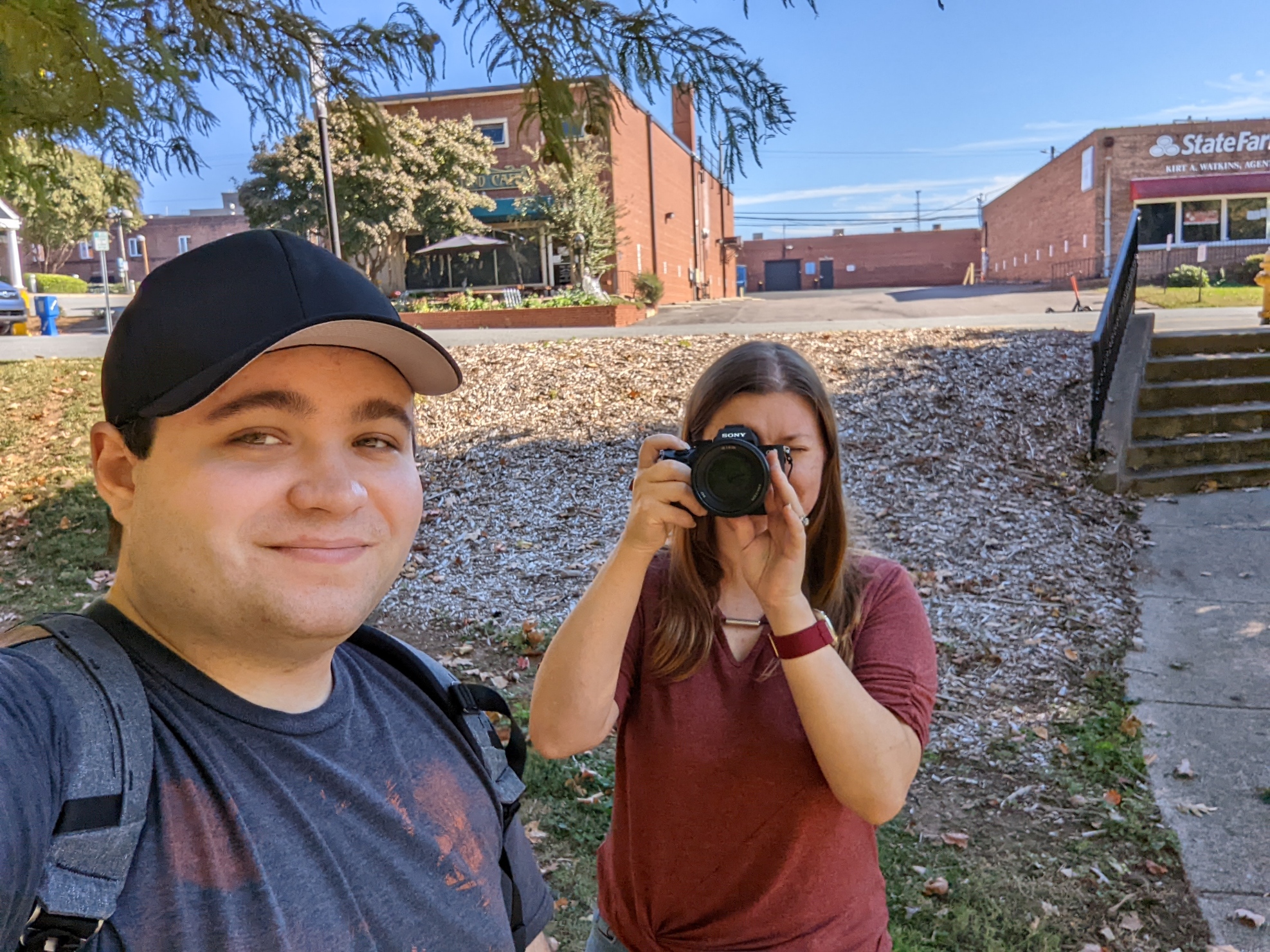
But the more important addition is the telephoto lens, which offers the Pixel 6 Pro a 4x optical zoom and digital zoom up to 20x. The results from the telephoto lens are not nearly as impressive as what Samsung’s Galaxy S21 Ultra pulls off with its 10x lens, but it’s hard to be unhappy with Google’s offering here. Shots at 4x are good and Super Res Zoom ensures that shots at 20x are more than usable. I will say, though, that at night this sensor struggles. It’s not due to the sharpness of photos or a lack of light, it’s strong in both, but because additional sources of light that are out of frame, such as street lights, can mess with the edges of the shot.
One odd quirk of the telephoto camera is that it takes a second to switch over. Tapping the 4x zoom setting will set the zoom to that level, but it won’t use the dedicated sensor immediately. Rather, it takes a half-second for the sensor to switch over. This is a minor annoyance at worst, in my view, and something I’d be fine living with. However, I’m sure it’s something Google can easily fix in the future.
-

1x -

2x -

4x -

20x

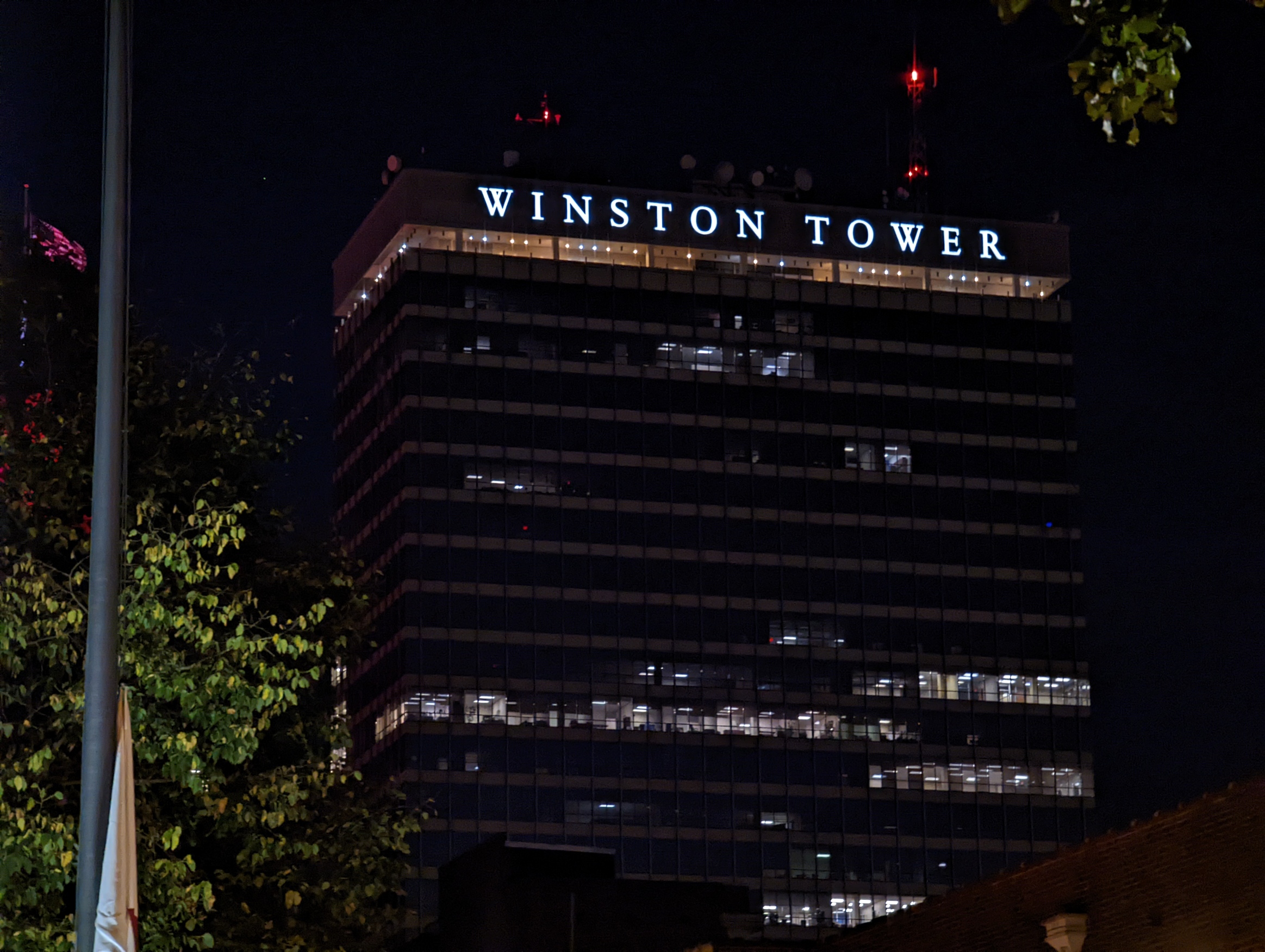

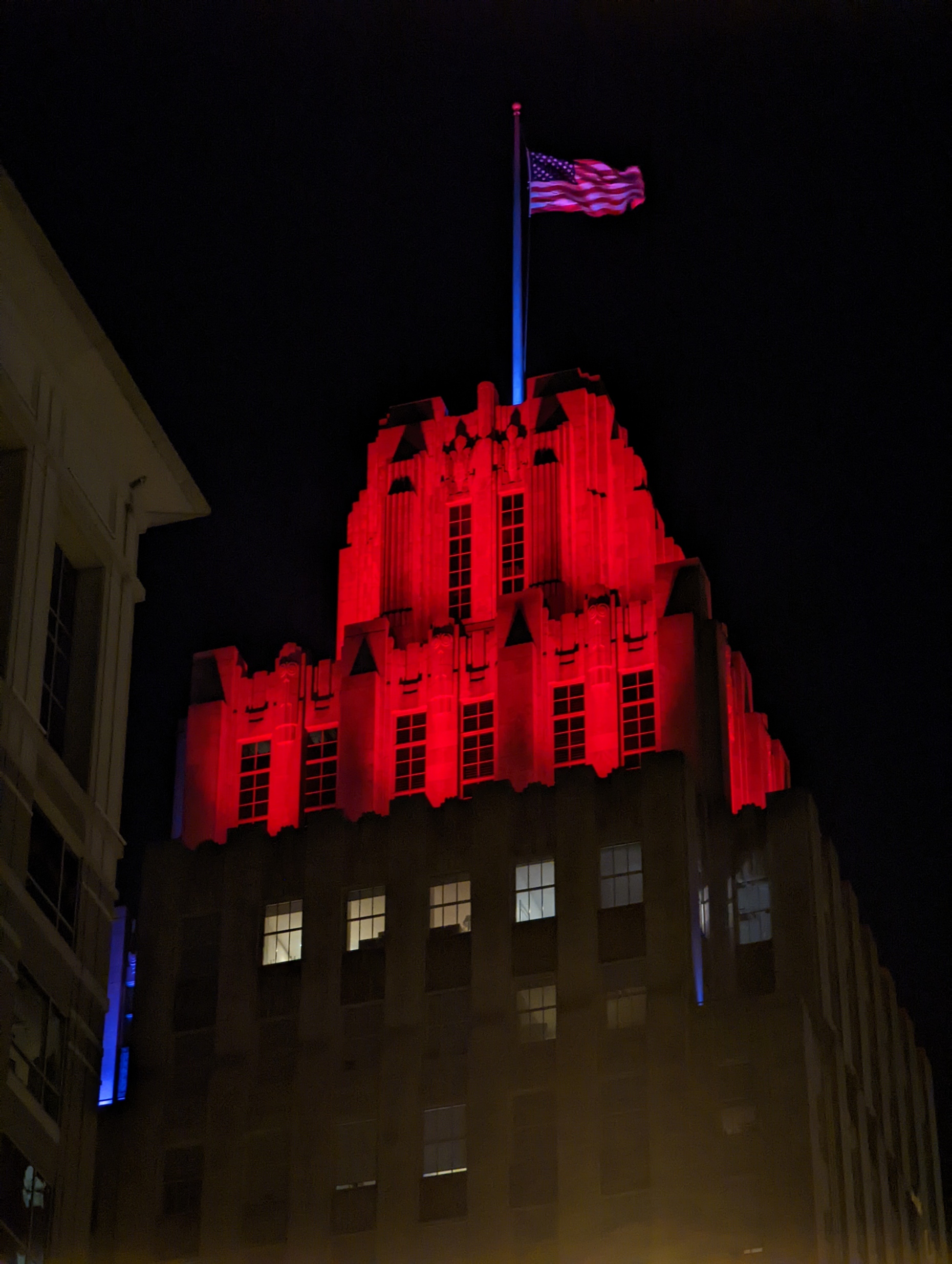
This telephoto lens really goes a long way in making the Pro’s camera more suited to every sort of shot, and there are some shots I’ve captured with it that I simply wouldn’t have been able to frame otherwise.
Beyond the impressive raw camera quality, it’s Google’s suite of features that set the Pixel 6 capture experience apart from the competition. This includes long-standing features such as Portrait Mode and Night Sight, which work just as well this year as they did every other, except now with sharper details and faster processing.
New this time around is “Motion Mode,” which is a new section in the camera app with two features. The first is “Action Pan,” which can capture motion in a shot in some clever ways. “Long Exposure” can also capture light trails in some neat ways. These are features I was only able to do very limited testing of in the past week, but the results are middling in my case.
Action Pan is a very clever idea that locks focus on a moving object and shows the motion in the scene around it. Google’s example of a biker is a great one because it allows a decently sized moving subject that’s usually moving pretty quickly through a scene. To get a good result, though, the movement needs to be two-fold. There’s the subject, but also you as the photographer who needs to be moving slightly to ensure the background is properly blurred. Solely from a technical standpoint, it’s incredible that Google can get anything out of these conditions, much more so anything remotely usable. Yet, even at night, I’m pretty impressed by what this feature puts out in the right conditions. A happy little pupper running in your direction is not the right condition.
Long Exposure’s usefulness is a bit less obvious at a glance. The idea of this one is to capture motion in a still scene, for example, cars moving on a street, a waterfall, or a fire’s movements. I only had a few brief examples of this but I wasn’t super impressed with the final outcome of any of these. I feel this is in part because this feature is wholly automatic, meaning you can’t adjust the exposure to say, capture another passing car. It really limits the practicality of this option, but I will say that Tensor processes the final shot with astounding speed and the results are usually at least pretty neat looking, even at night.
Both of Google’s Motion Modes are technically in beta right now, which is a smart idea. The problem with these features isn’t really their performance, though. The shots themselves can be very good in the right setting, but that’s just the problem. In a big city, Long Exposure has great potential, and Action Pan will be fun in certain settings too. Still, these both, at least to me, feel less practically useful compared to the Pixel’s other features, in the same vein as Astrophotography. Super cool, useful to some people, but forgettable to many others.
Another minor addition on the software front is the ability to adjust color temperature in real-time as you shoot the picture. I can’t say this is something I’ve ever really wanted from the Pixel’s camera, but it’s a neat addition nonetheless. That said, I couldn’t find a single scenario over the past week where I actually needed to use it.
Finally, there’s Magic Eraser, which might be my favorite feature Google has put out in years. This feature is best thought of as a portable, instant Photoshop for removing unwanted objects from photos.

The results here are, for the most part, pretty impressive. Google typically suggests using the feature on pictures of cities where it can remove street lamps and people from the street with ease, and good results.


You can always find problems when you look closely enough, but you’d be hard-pressed to manage similar results manually in remotely the same time frame. In realistic cases, like removing a person in the distance, a pet or object in the background, or something along those lines, the results are usually going to be fine. Even in the best scenario, you’re going to be able to tell something changed, but the people you share it with probably won’t notice it, which makes this a fantastic tool for social media, but less so for memories you want to keep for years to come.


On a side note, I also found that Magic Eraser was great for removing skin blemishes, though some optimization work is probably needed for this particular use case.
Stills, clearly, are still a big strength for Google. However, the area Pixel has always suffered against the iPhone, in particular, is in video quality. This year’s offering does indeed make improvements to video quality, but I’m not sure it’s quite a silver bullet.
The video coming out of the Pixel 6 Pro’s 50MP primary sensor is overall very good, with the Live HDR effect enabled by Tensor really adding better colors to video. This is especially obvious in outdoor settings based on my testing, but it also impacts indoor settings.
One of the biggest issues I ran into with video quality was with zoom. The Pixel 6 Pro would not switch to its 4x lens when I zoomed in to that level while actively shooting in a couple of tests, which left shots where the zoom level changed fairly noisy. It did work on most other occasions, though, but it was left with the same quick bump over to 4x from the primary sensor as I saw in photos. Obviously, that’s even less desirable in video.
Despite that quirk, I think video quality on the Pixel 6 Pro gives Samsung a run for its money but is still short on what the latest iPhones are capable of. Live HDR, Google’s various stabilization features, and slow-motion/time-lapse features certainly help boost it, but not to the point of holding the crown. Whether it’s because of the raw horsepower of Apple’s chips or the optimization work the company is doing, Apple is just far ahead of Android in this department. However, the Pixel is certainly looking at a close call with the Galaxy S21 Ultra for second place.

Tidbits
Vibrations are a minor point for any phone, but they can really enhance or detract from the experience depending on their quality. Google definitely gets it right on the Pixel 6 Pro. The haptic motors are the best the series has had since the Pixel 3 and Pixel 4, which is to say they’re among the best Android has to offer. You won’t get the same precise vibrations that the iPhone series manages from its “Haptic Engine,” but the bumps and buzzes are pleasant extensions of the hardware experience. Abner calls it “calibrated and forceful precision.” You’ll feel this from the moment you turn on the phone, as Google’s setup experience has a delightful demo of the haptics.
For the first time on a Pixel, Google is using an in-display fingerprint sensor on the Pixel 6 series, and it works just fine. The optical-based sensor is accurate but not super quick. I’ve had very few instances where the sensor failed to recognize my fingerprint, but it’s slower to take the reading compared to what Samsung and OnePlus are currently using and what the capacitive rear sensor was able to put out. I wouldn’t call this a problem, though, as it’s still a far leap over what we saw on earlier versions of this technology, and I’d much rather take it over face unlock as COVID-19 rages on.

As mentioned earlier, the Pixel 6 Pro is a phone that demands a case. Google sells one in its store for $29.99, but it’s nothing to write home about. The plastic case fits the Pixel 6 Pro well (not very tight, not very loose) and looks good with the design, but it feels generic. I doubt it would offer strong drop protection, but it does deliver the needed grip. I wish Google had kept its unique fabric cases and left these generic designs to third parties. Or, rather, just make both.
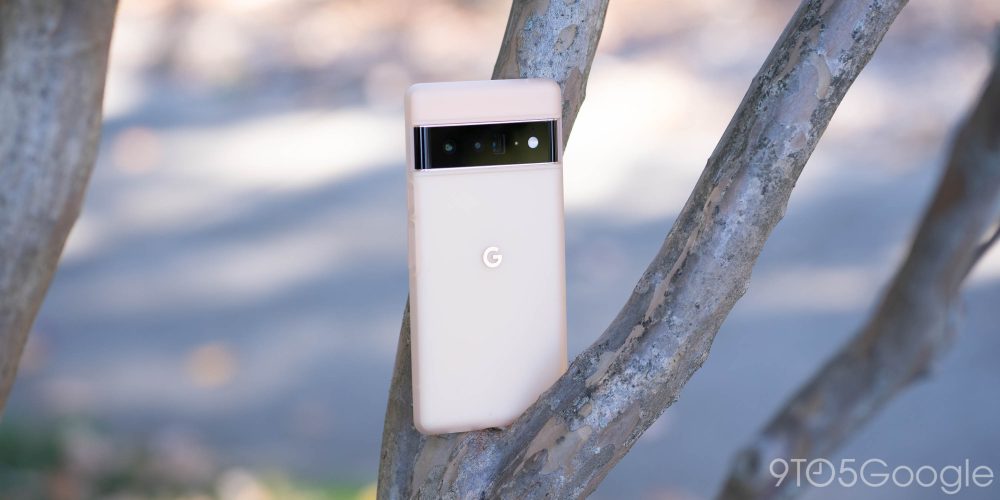
A problem for some previous Pixel phones was the performance of the Bluetooth radio, and, so far, I’ve been mostly alright with what the Pixel 6 Pro delivers. I had some issues with a pair of Jabra Elite 3 earbuds, but things were business as usual with Pixel Buds A-Series. I also kept a solid connection to my Fossil Gen 6 watch throughout the week.
After the ludicrous display that was the Pixel 5’s speaker situation, I’m happy to report that the Pixel 6 Pro sounds excellent. The bottom-facing driver combined with a real earpiece speaker leads to rich audio quality. It can get a little muddy at higher volumes, but it feels roughly on par with any other standard flagship phone and still a bit behind the Galaxy Z Fold 3, which is what I consider the golden standard – it’s hard to beat two true stereo drivers.
On a related note, call quality was solid. The return of a proper earpiece ensured that audio on my end was clear, and callers seemed pleased with my end through Google Voice calls primarily.
Final Thoughts
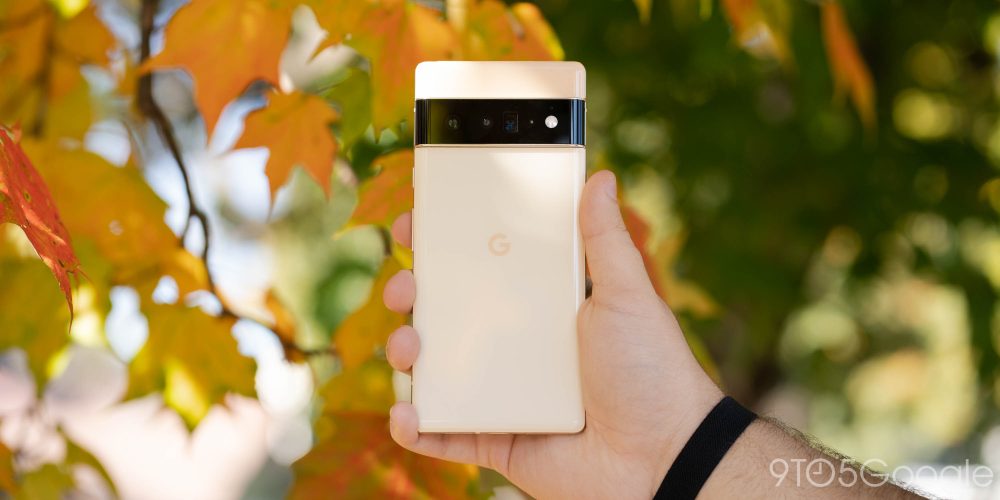
The Pixel 6 Pro is a phone I’d describe as refreshing. For Google, it marks a new chapter in not just the company’s smartphone lineup but also in its hardware ambitions as a whole. The Tensor chip inside is a huge bet for the future, and as far as it looks right now, it seems like the odds are in Google’s favor.
More impactful, perhaps, is what this means for customers. The Pixel 6 Pro is an $899 flagship smartphone that really has no significant flaws. There are a couple of minor quirks, sure, but almost everything here is on par with the competition. It has a display nearly as good as Samsung’s, performance as good as OnePlus, a camera that gives Apple a run for its money, and practical software features that outclass just about everyone, all with support longer than any other Android phone.
The only thing that really undermines the Pixel 6 Pro is its sibling, the $300 cheaper Pixel 6. We’ll have more to say on that model soon, but the Pro’s few advantages, such as the telephoto camera, better screen, and additional memory, don’t always feel worth the extra cash. However, I feel confident saying that just about anyone would be happy with the Pixel 6 Pro, something I don’t think I’ve ever said about a flagship Pixel since the first one. This is the one we’ve all been waiting for.
You can buy the Pixel 6 Pro from the , , , , , B&H Photo, Amazon, , and other major retailers in the United States. Deliveries are set to begin on October 28, but it seems that popularity has left stock hard to find at launch. Your best bet as far as we can see today is B&H, your carrier, or the Google Store’s waitlist.
Author: Ben Schoon
Source: 9TO5Google




